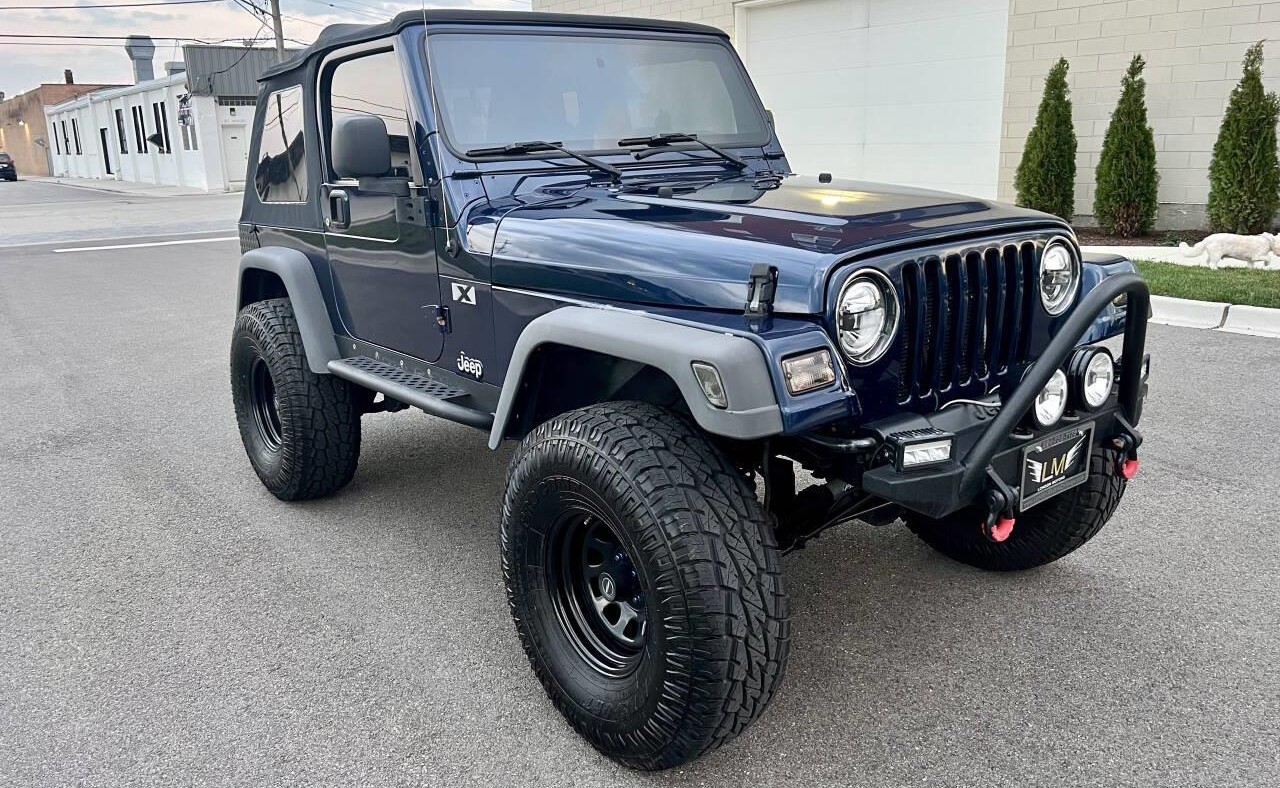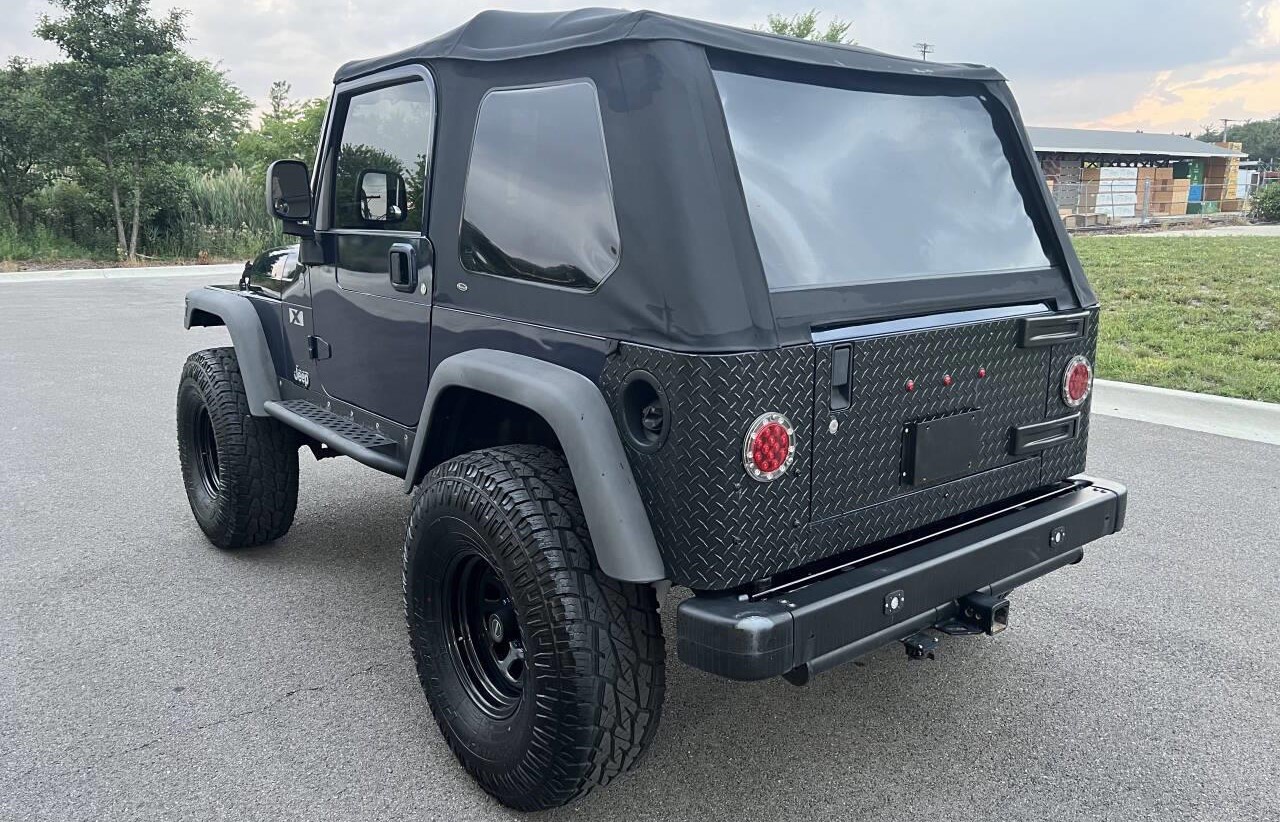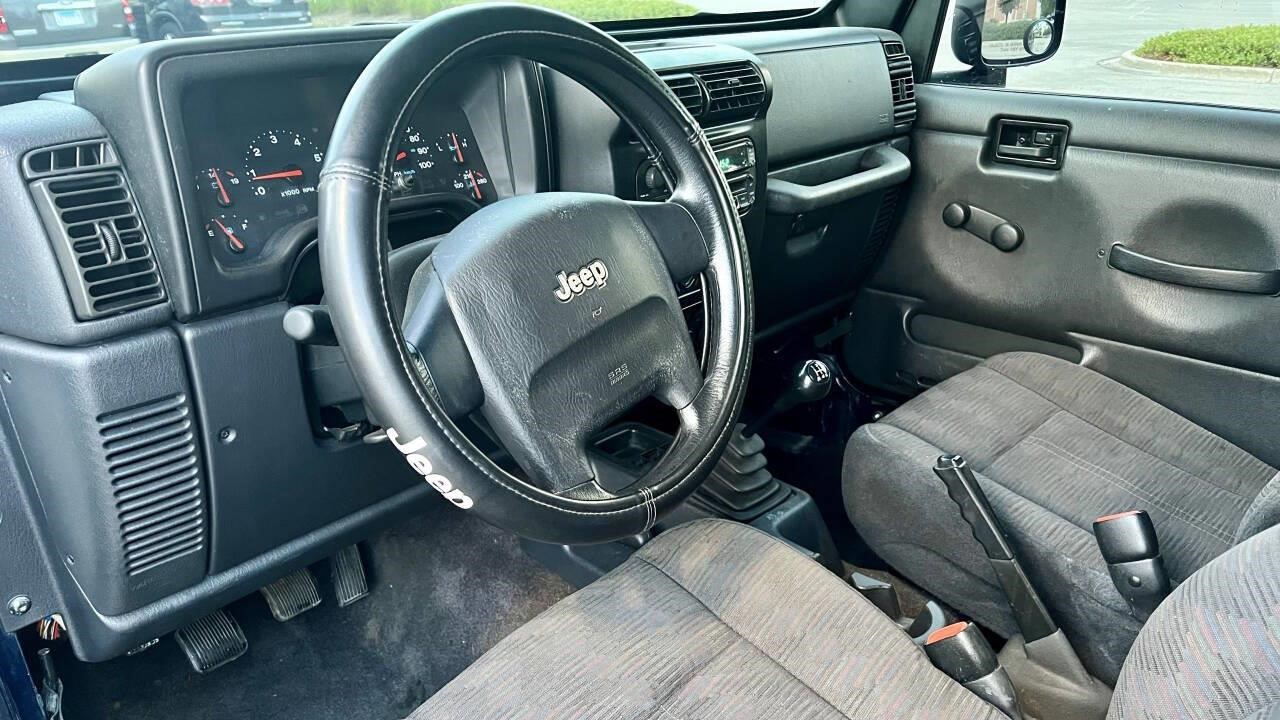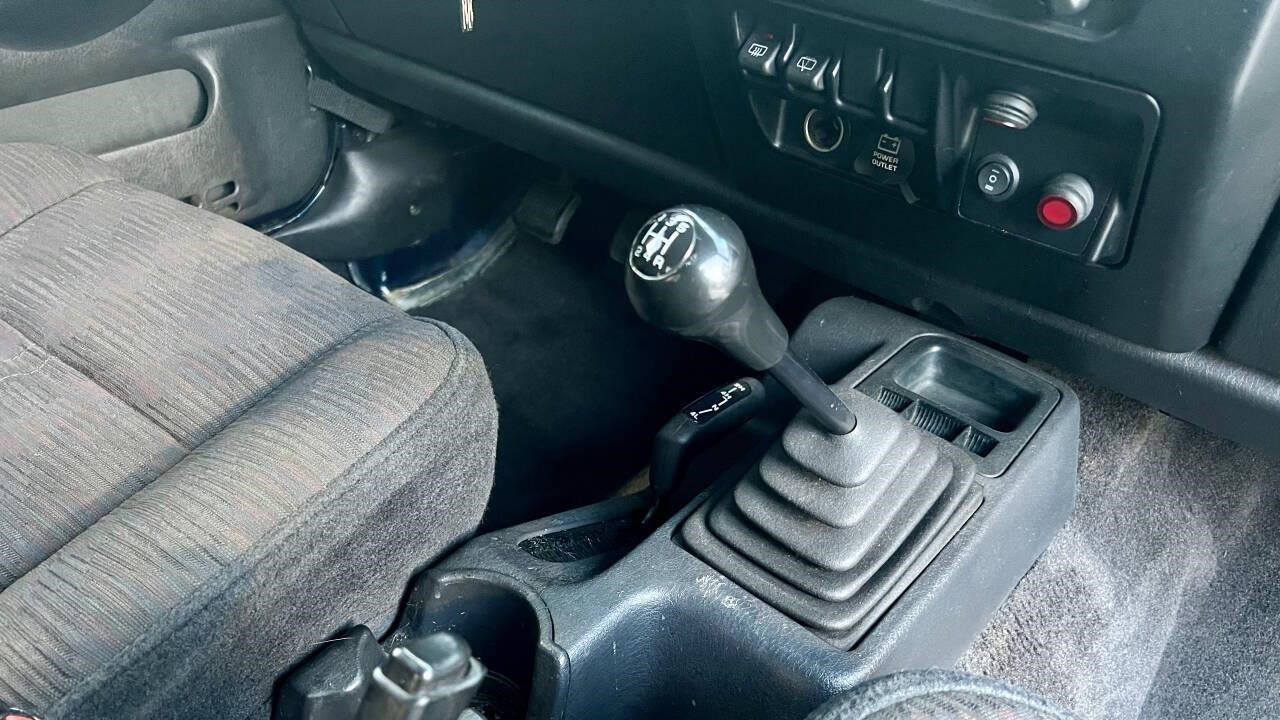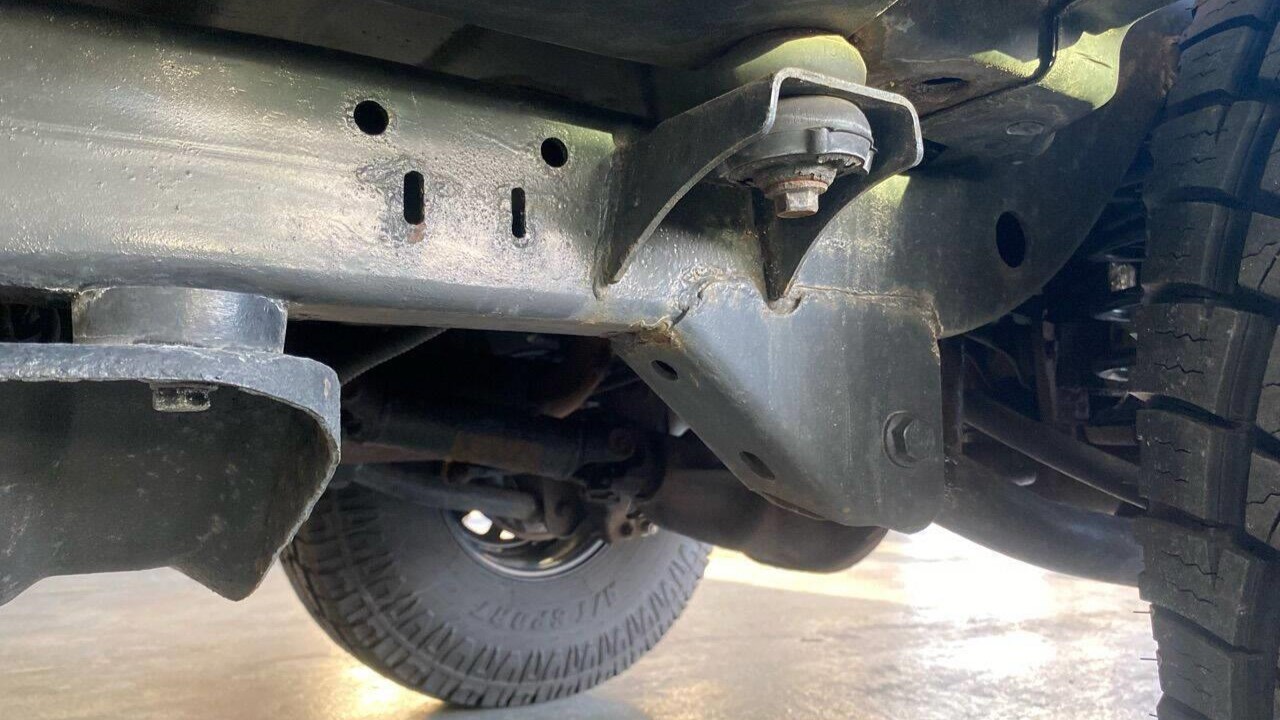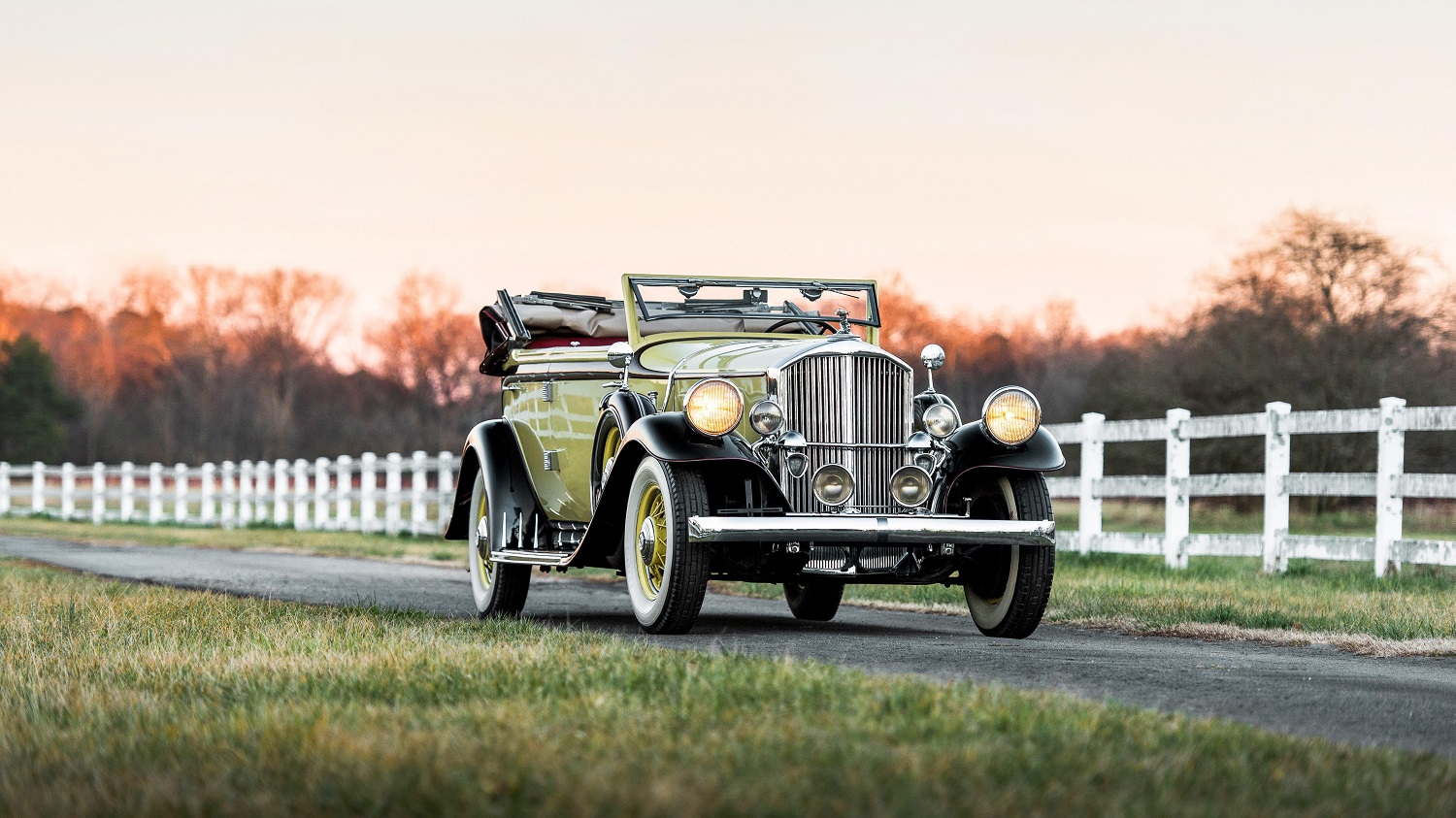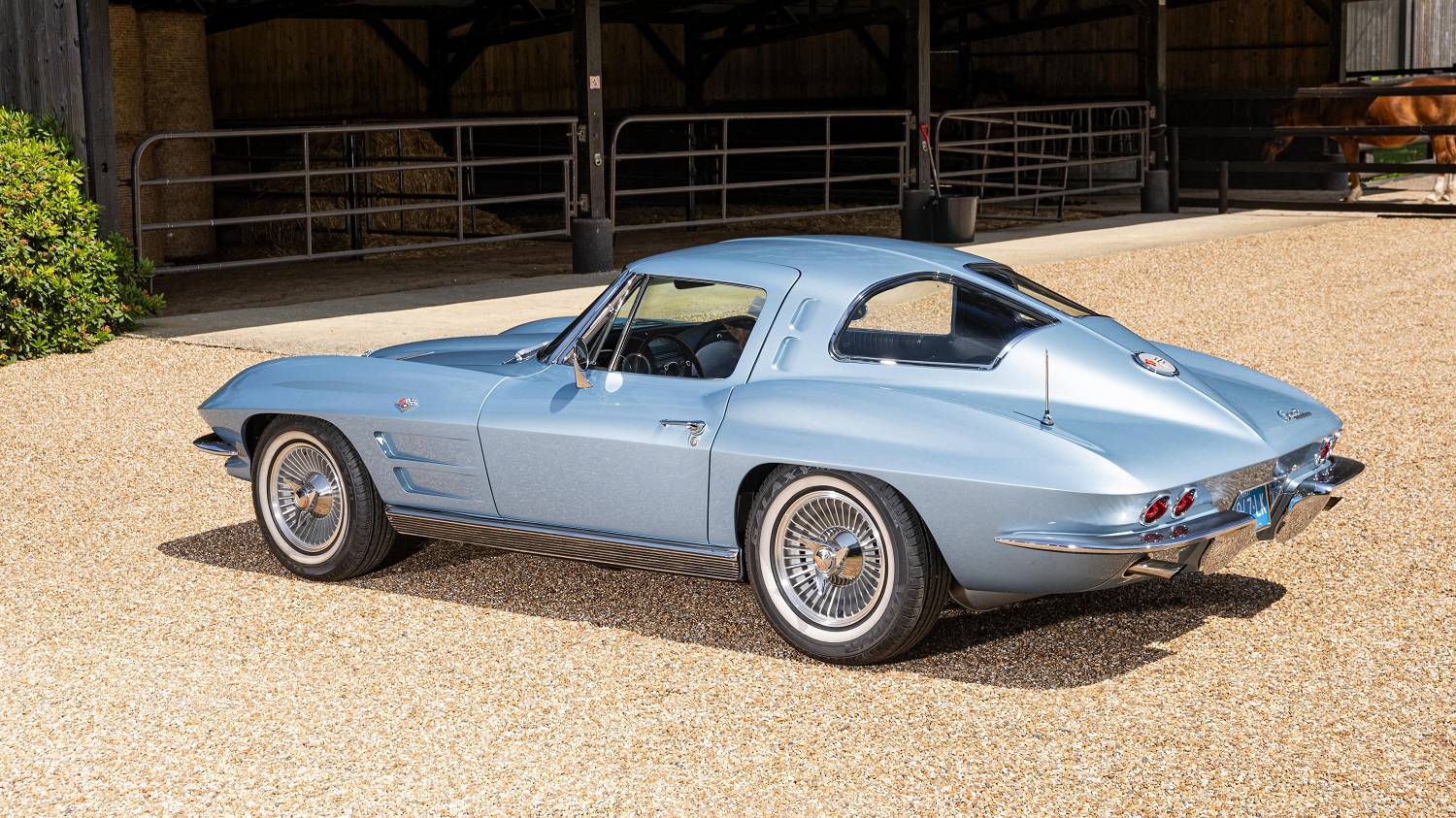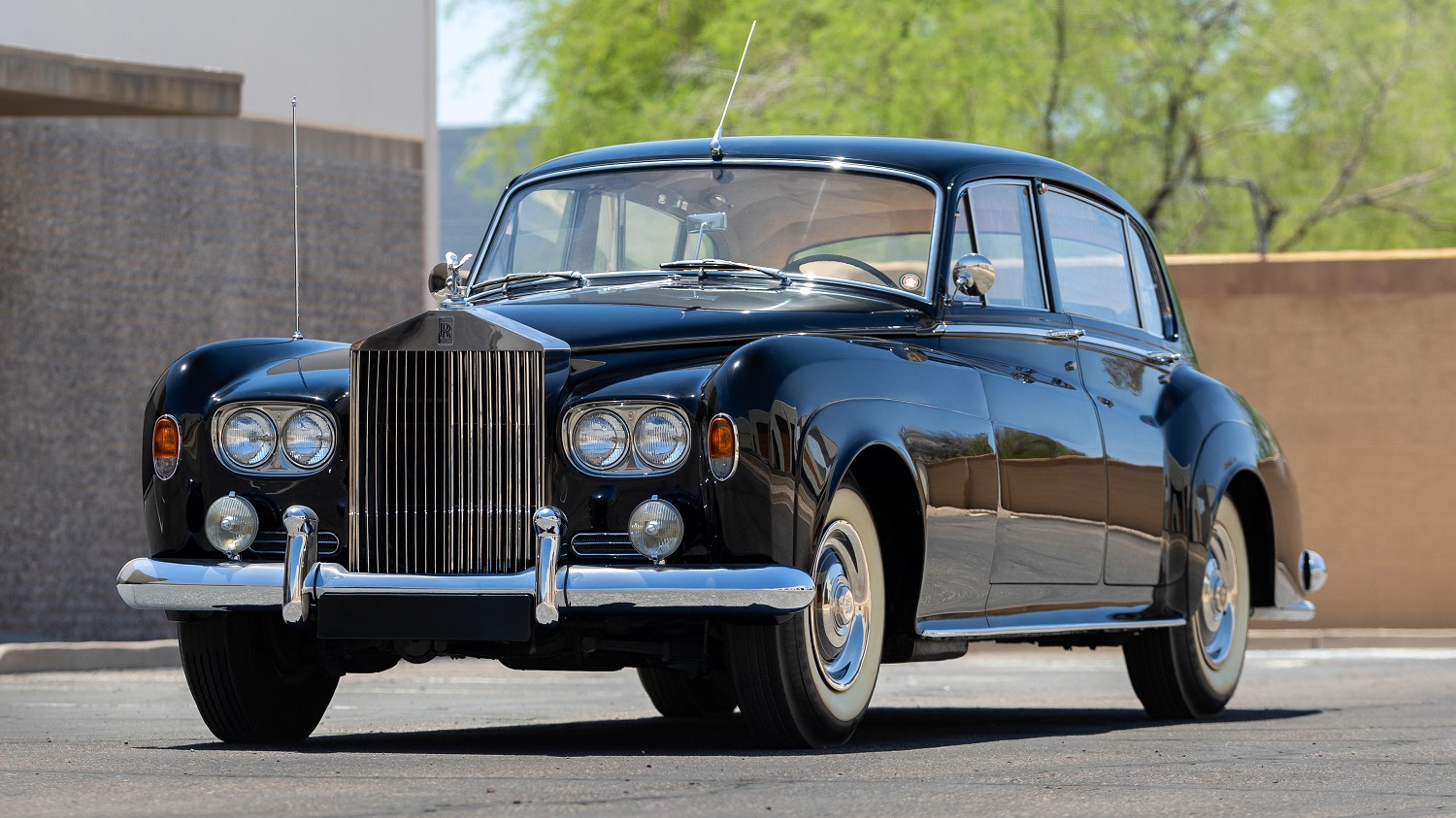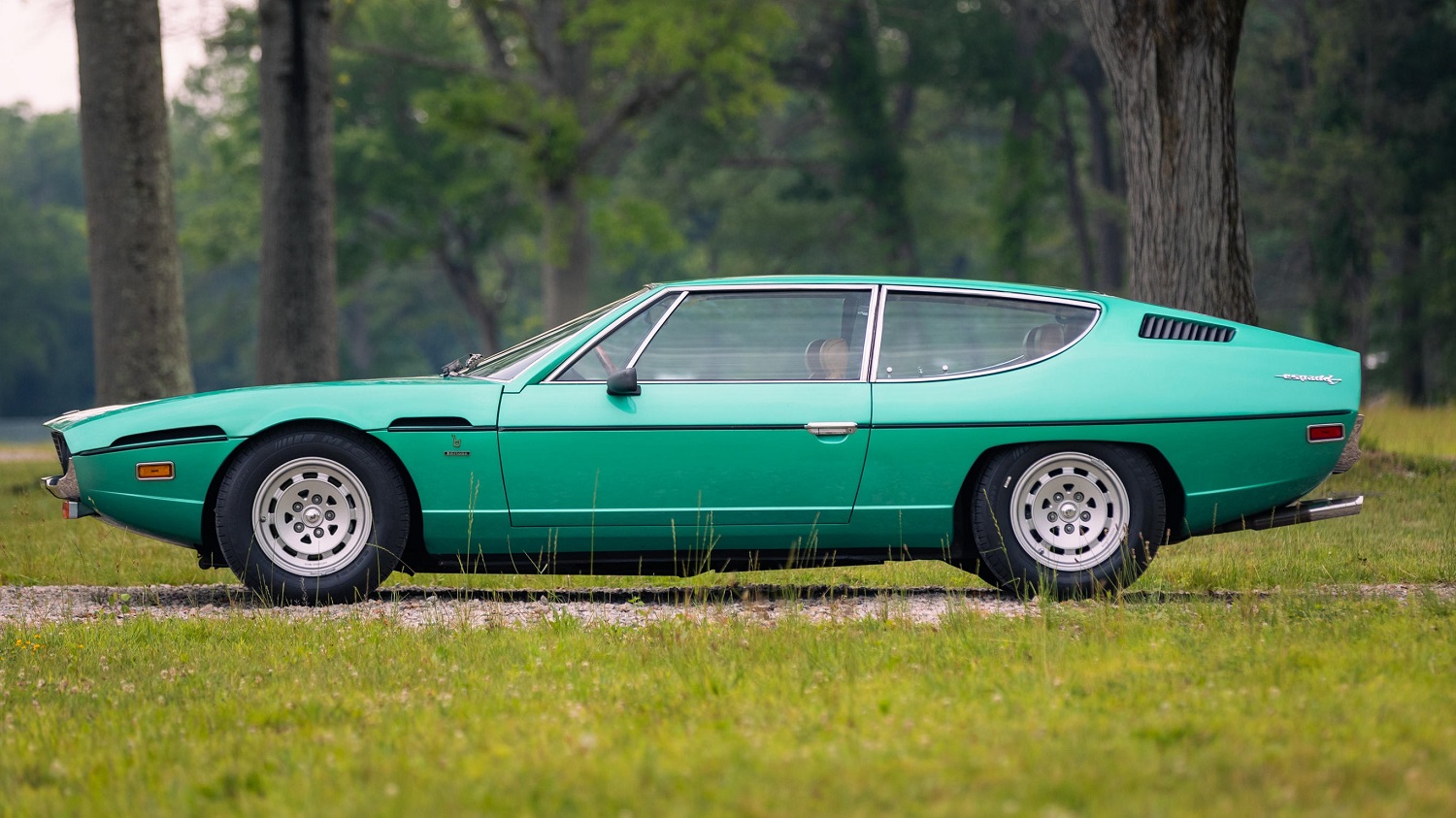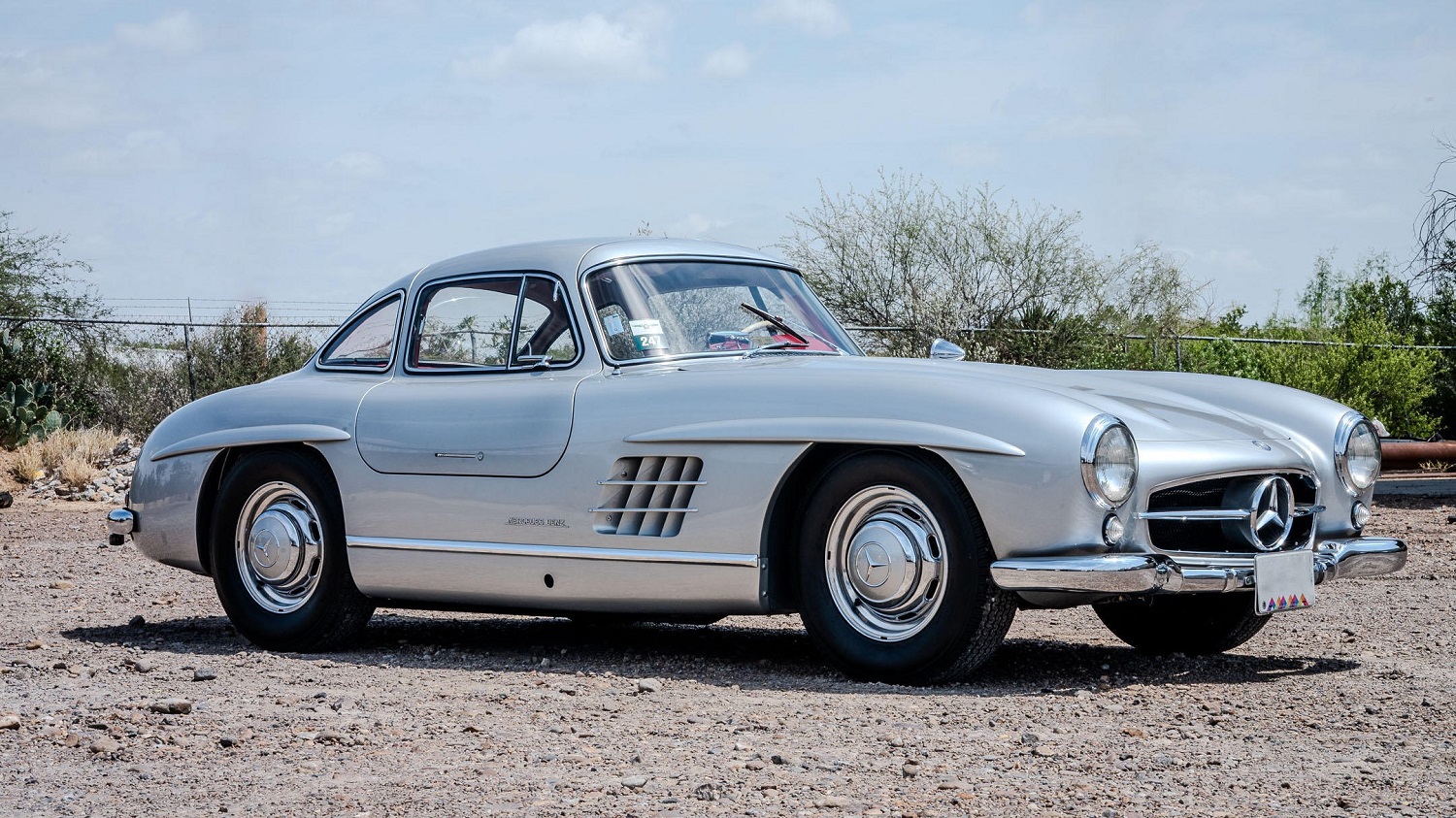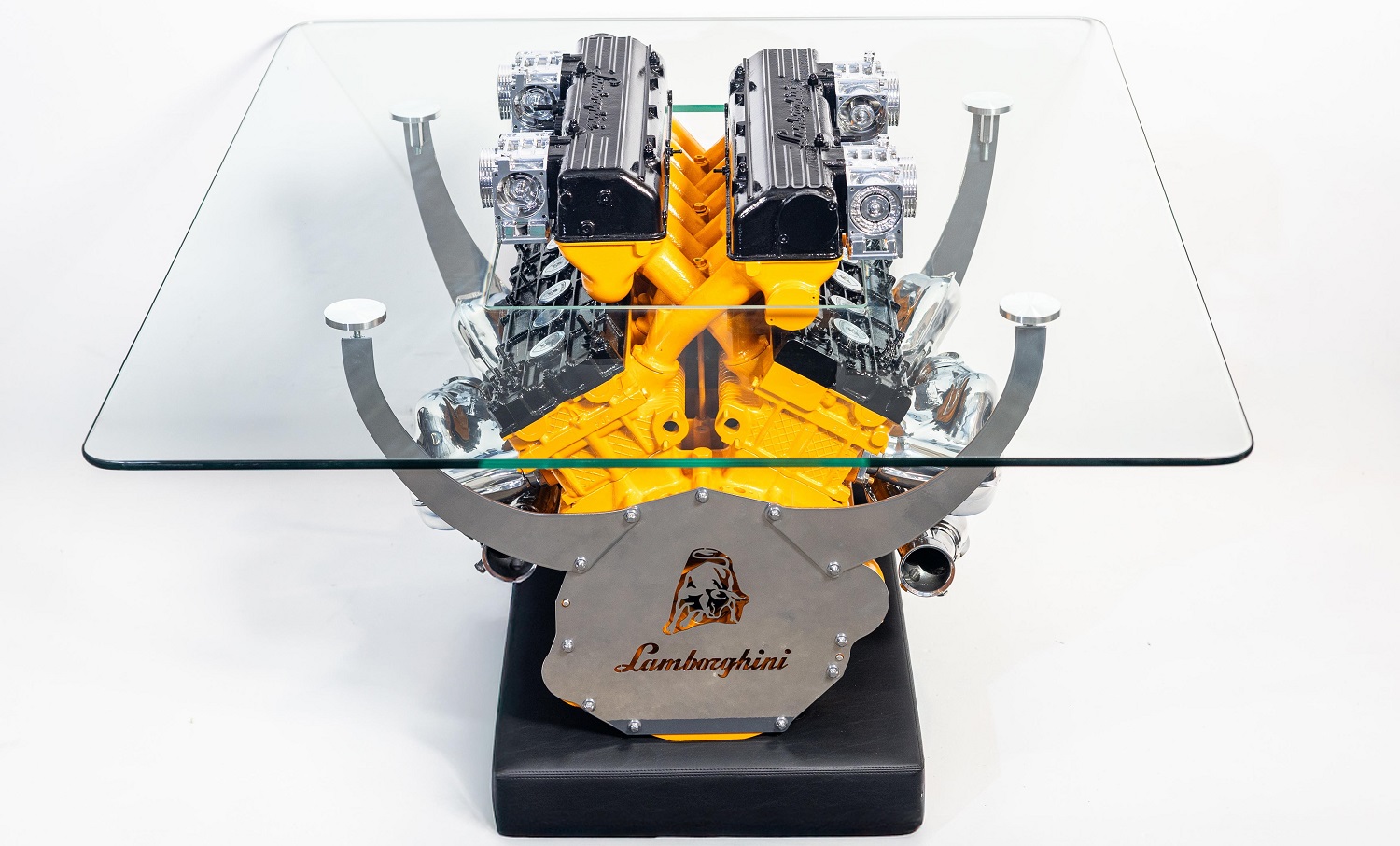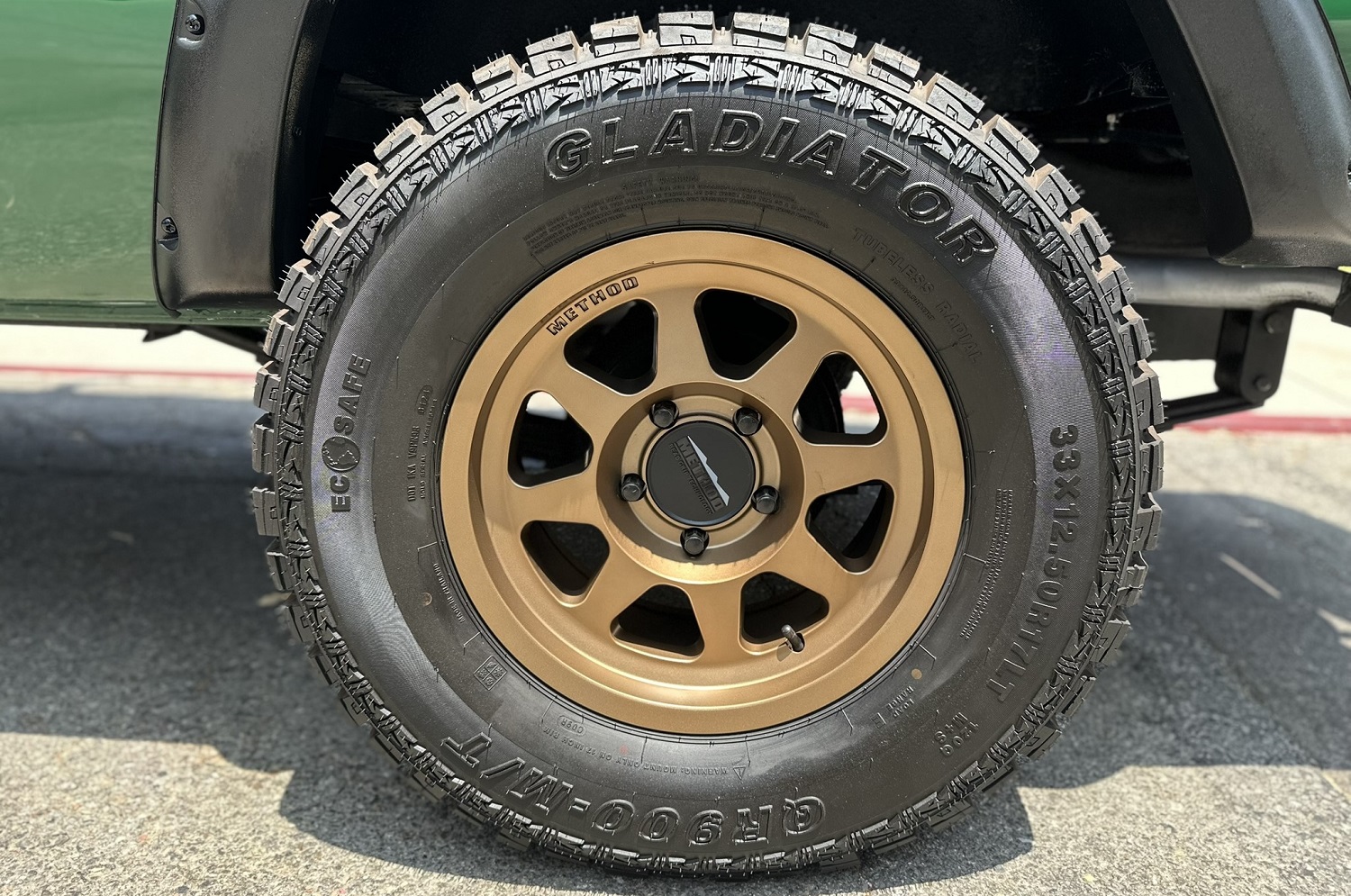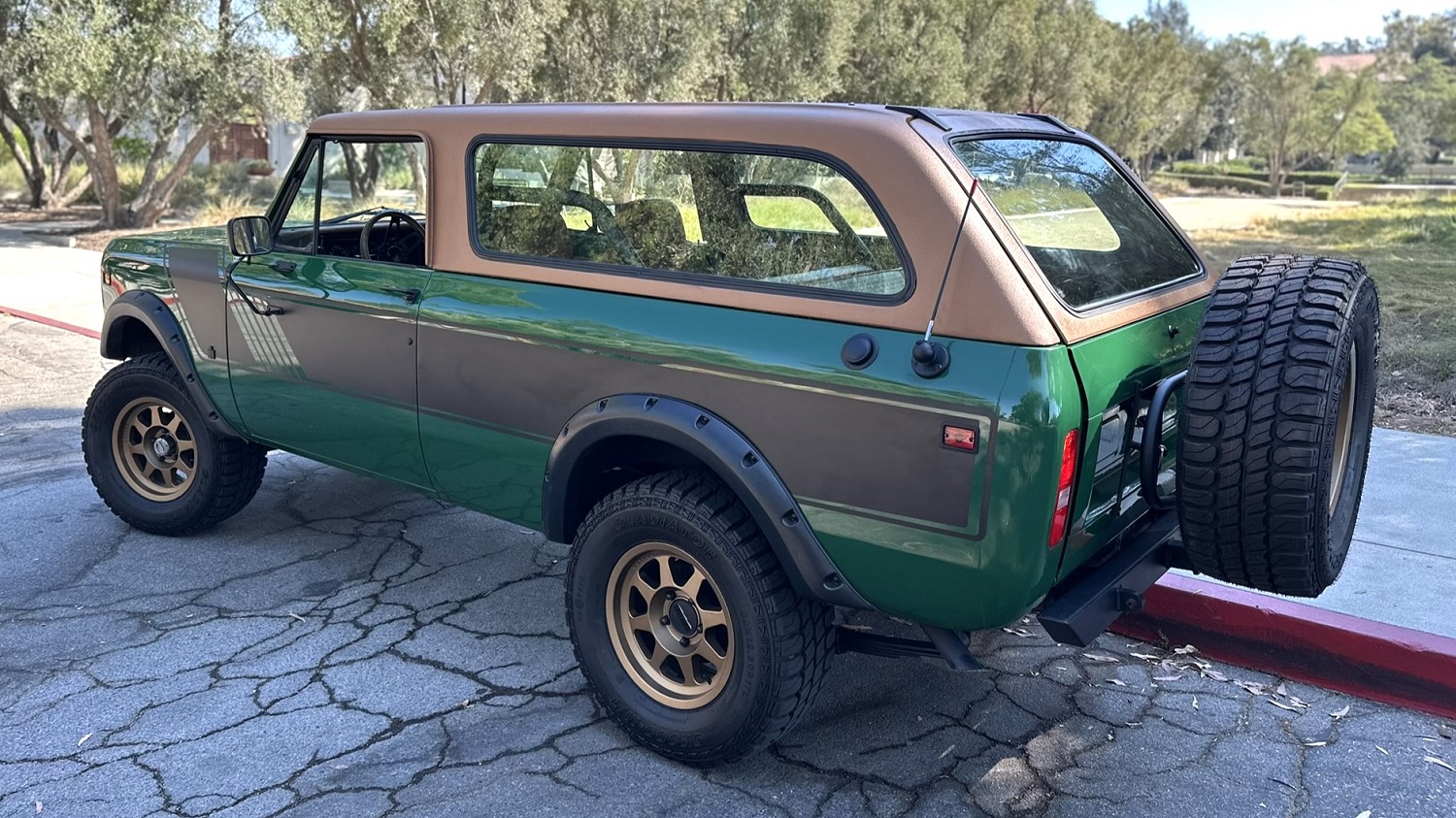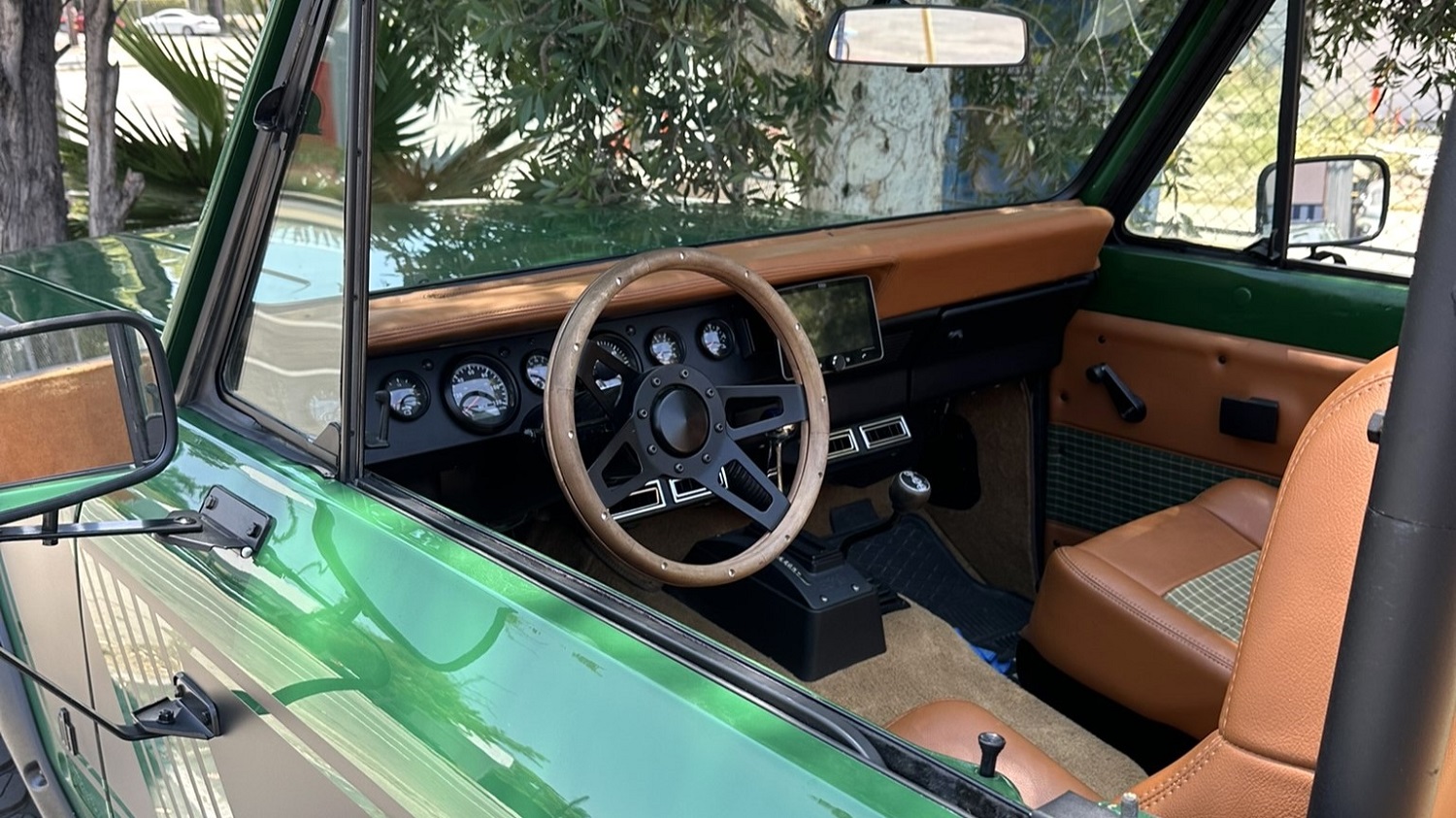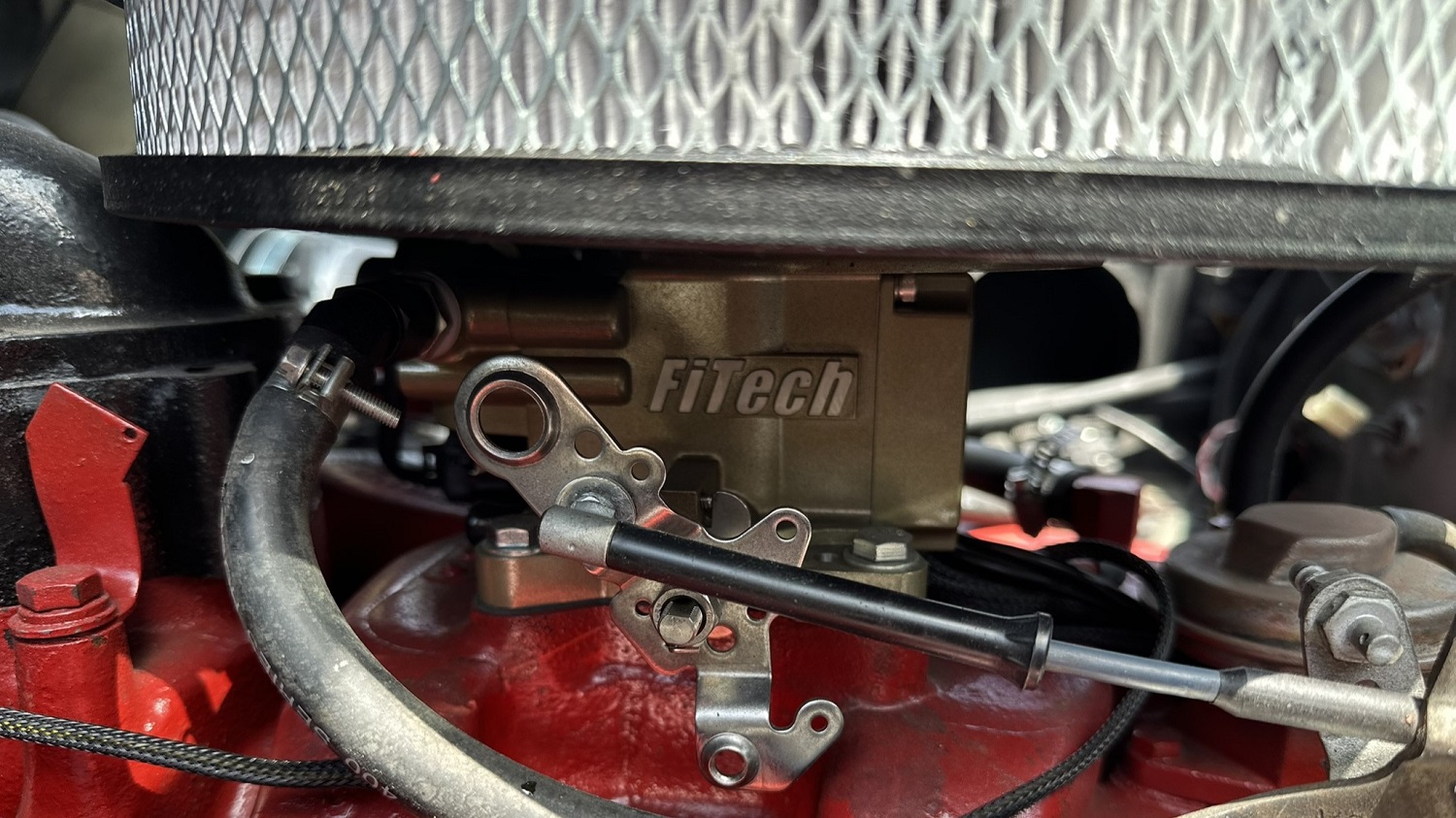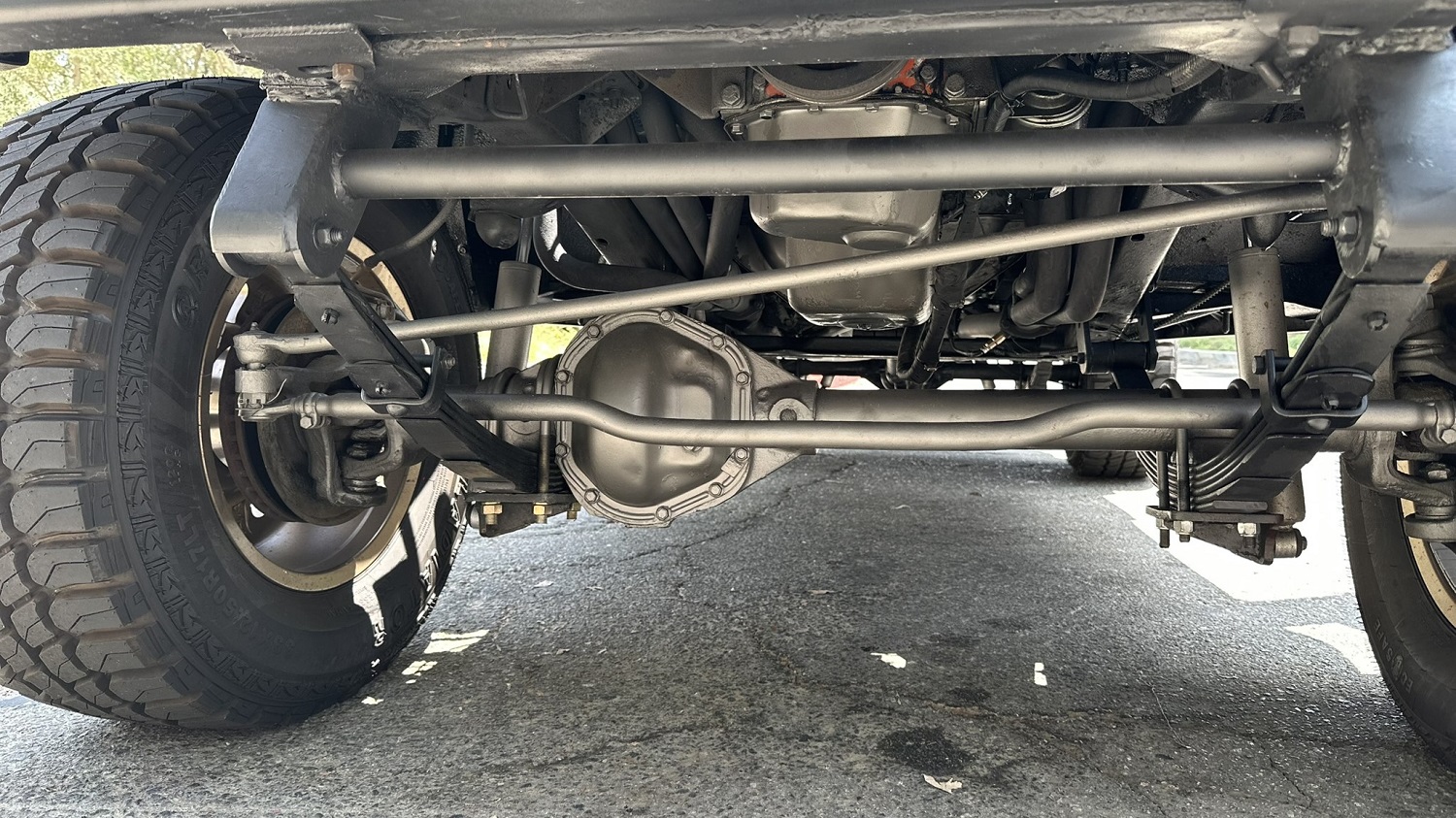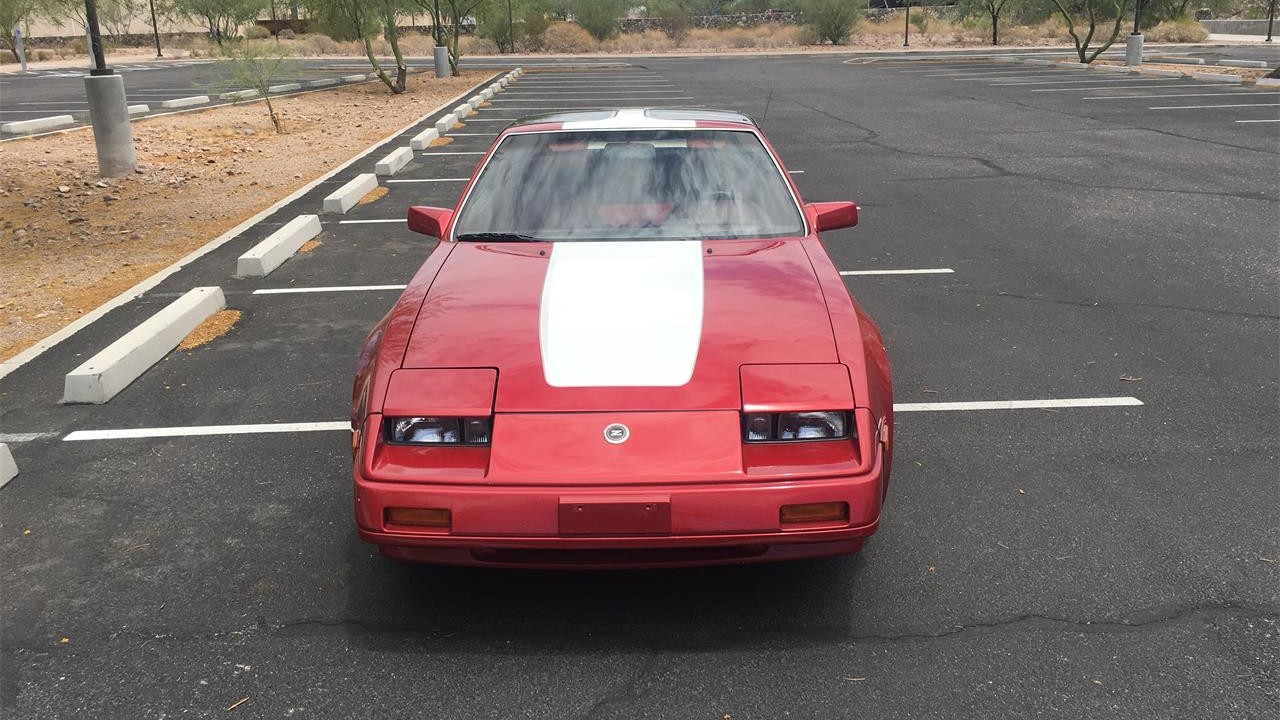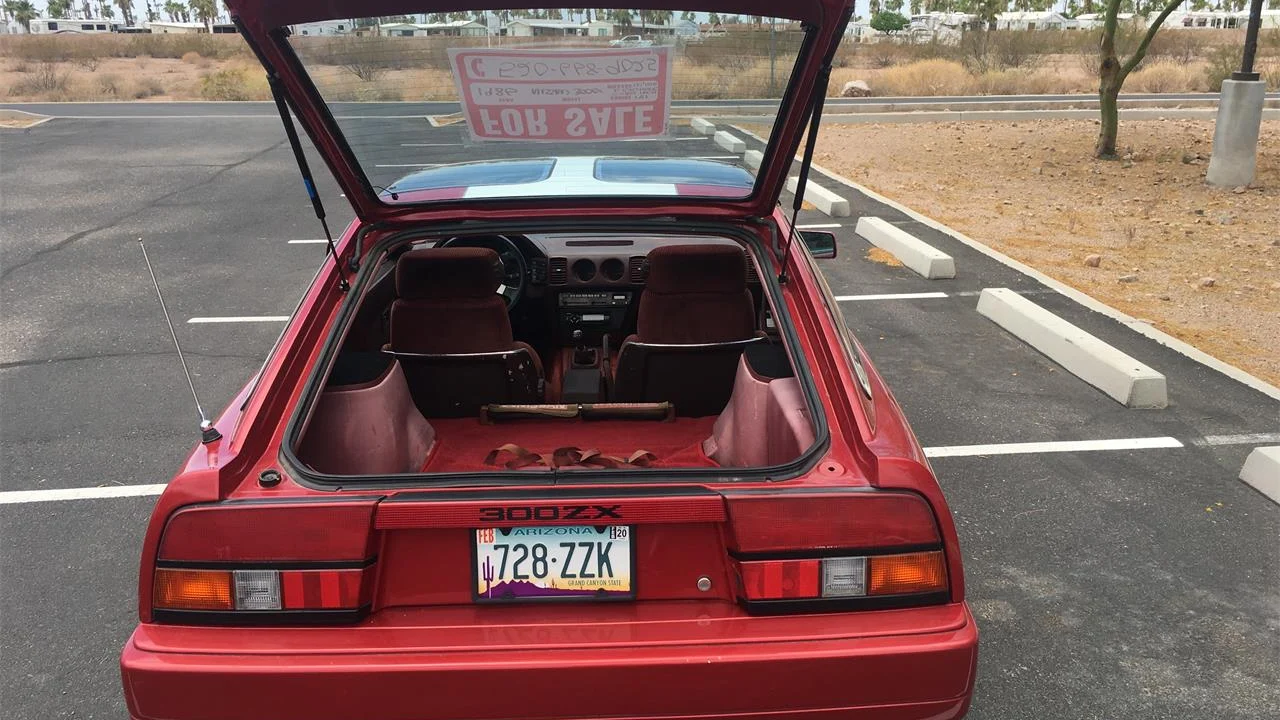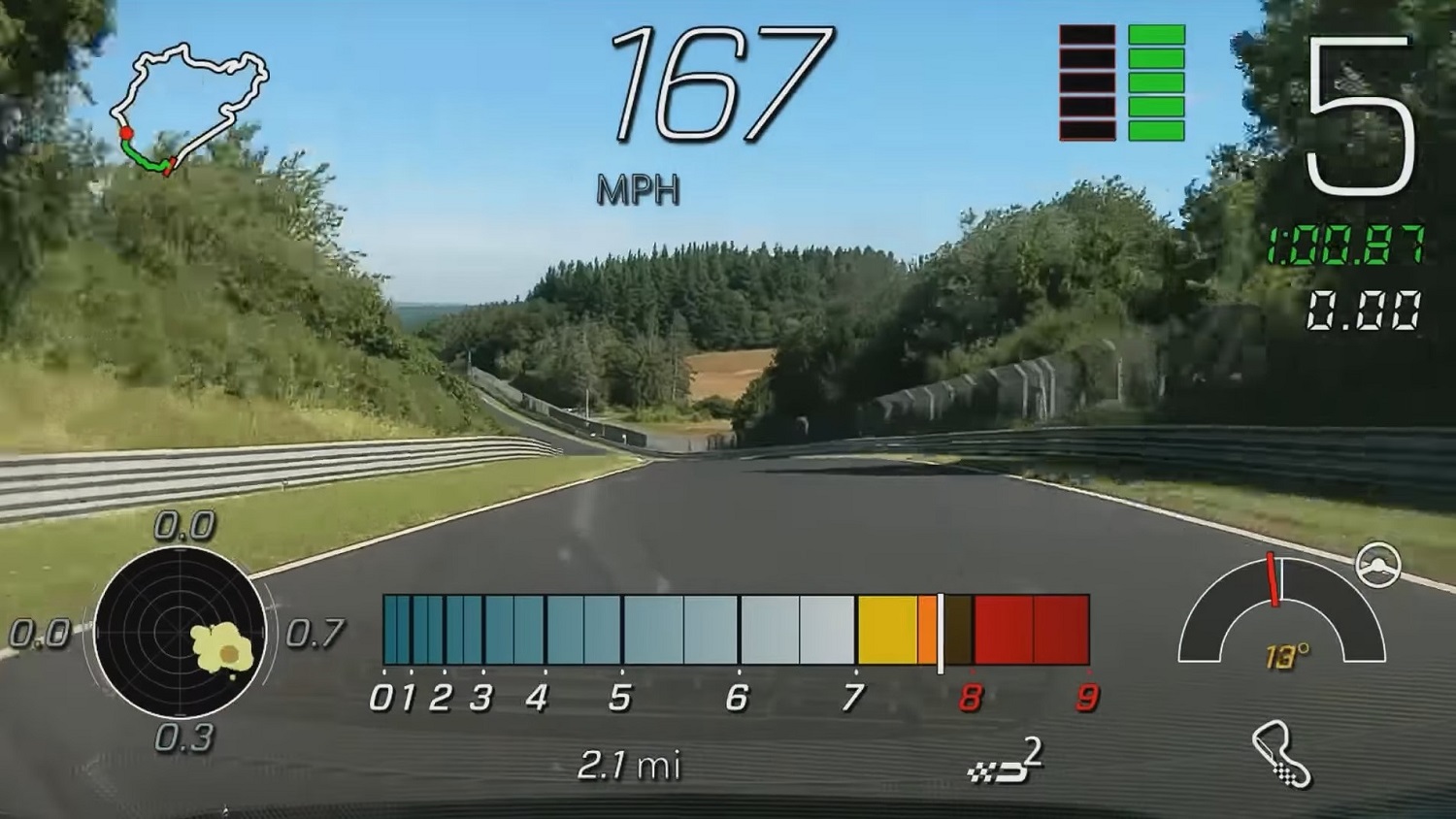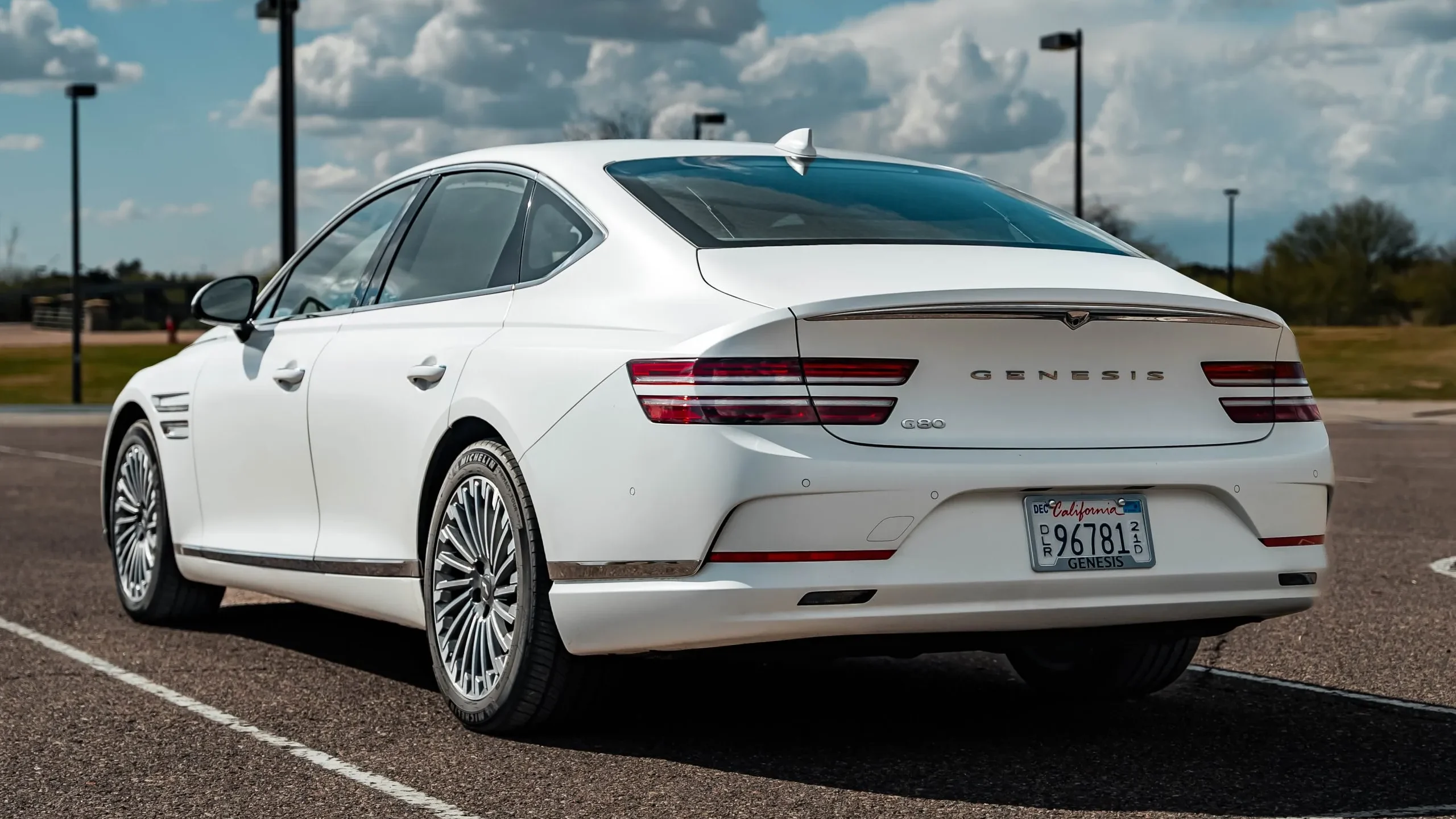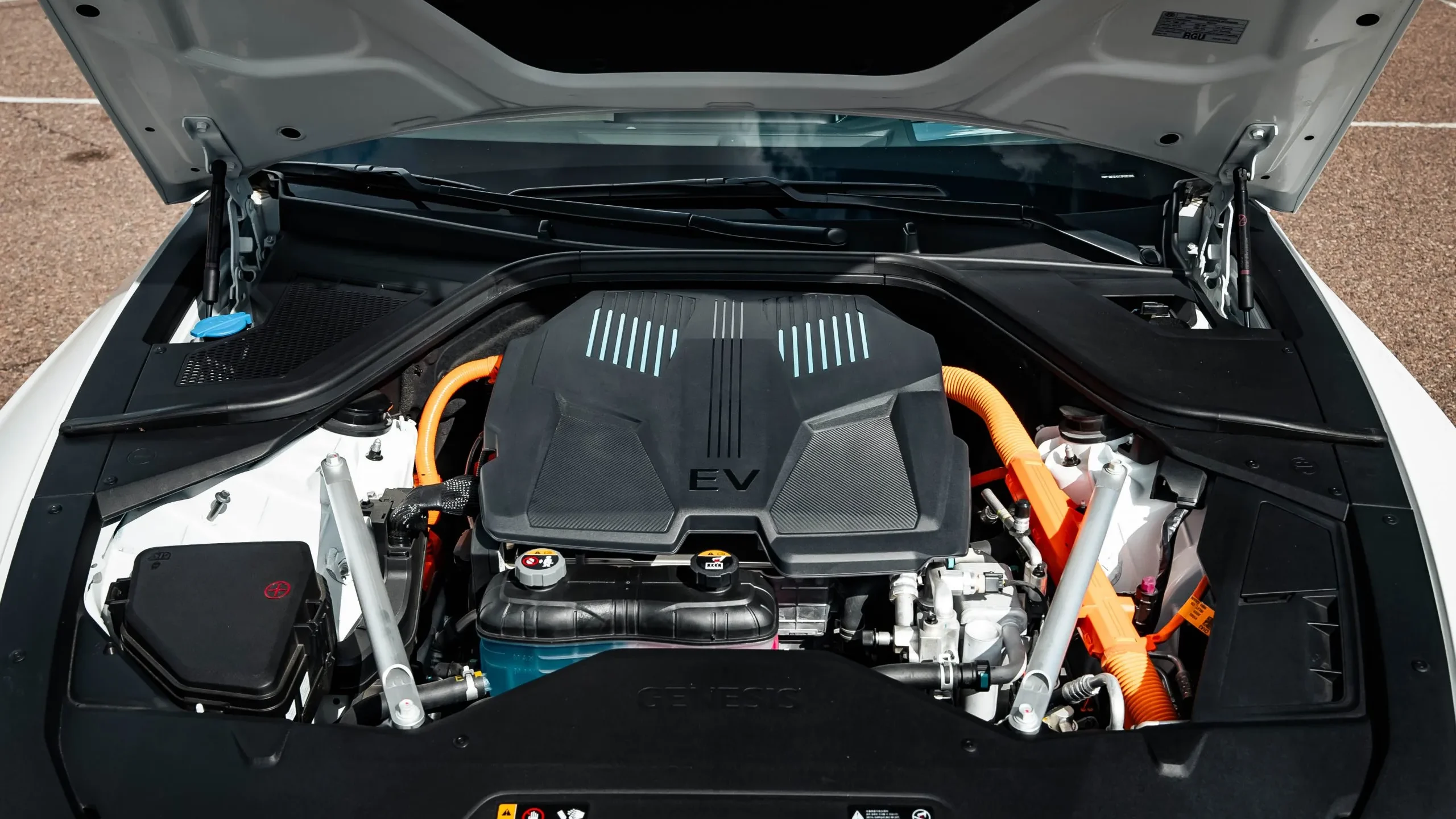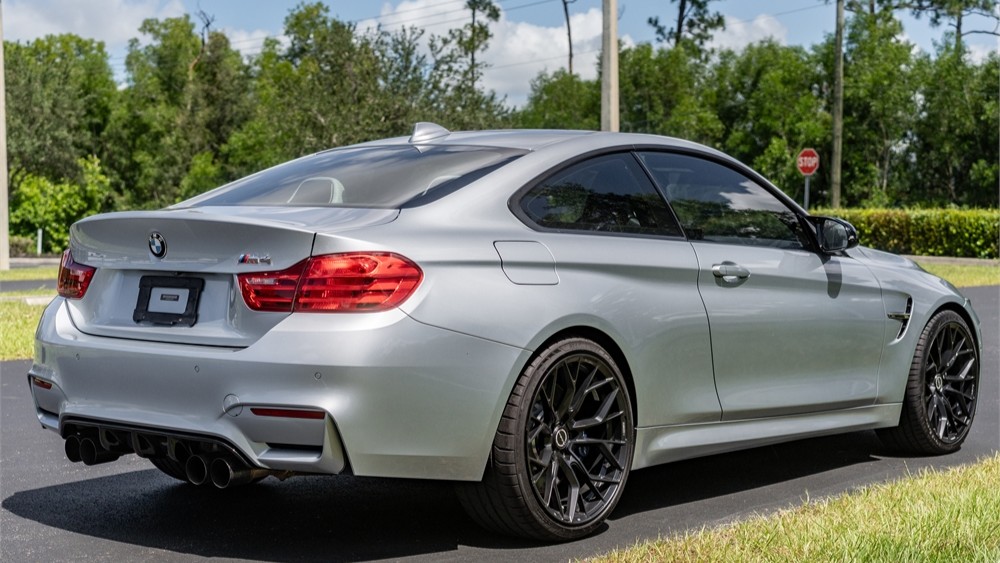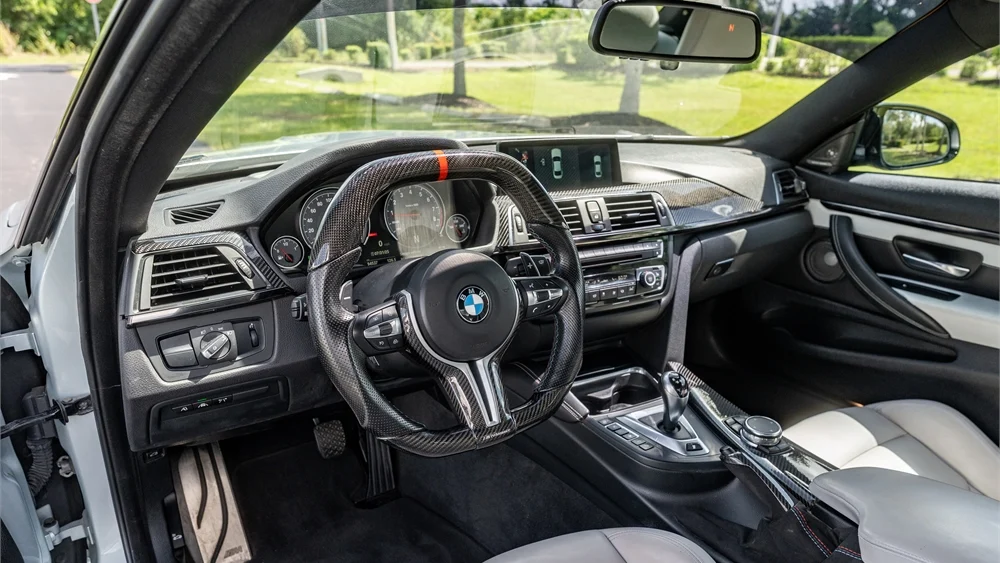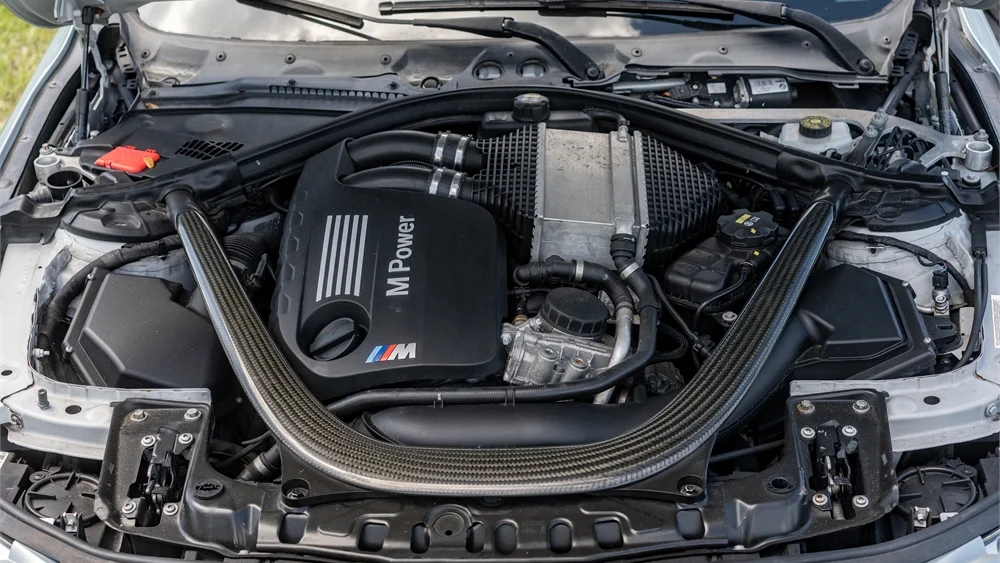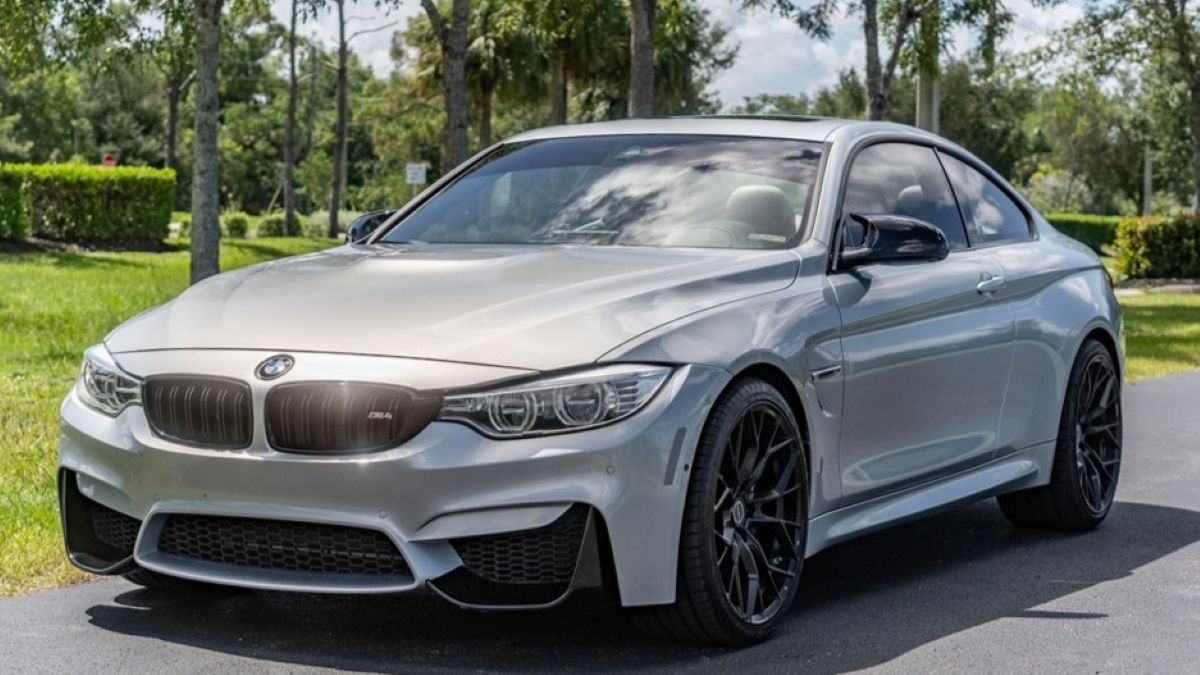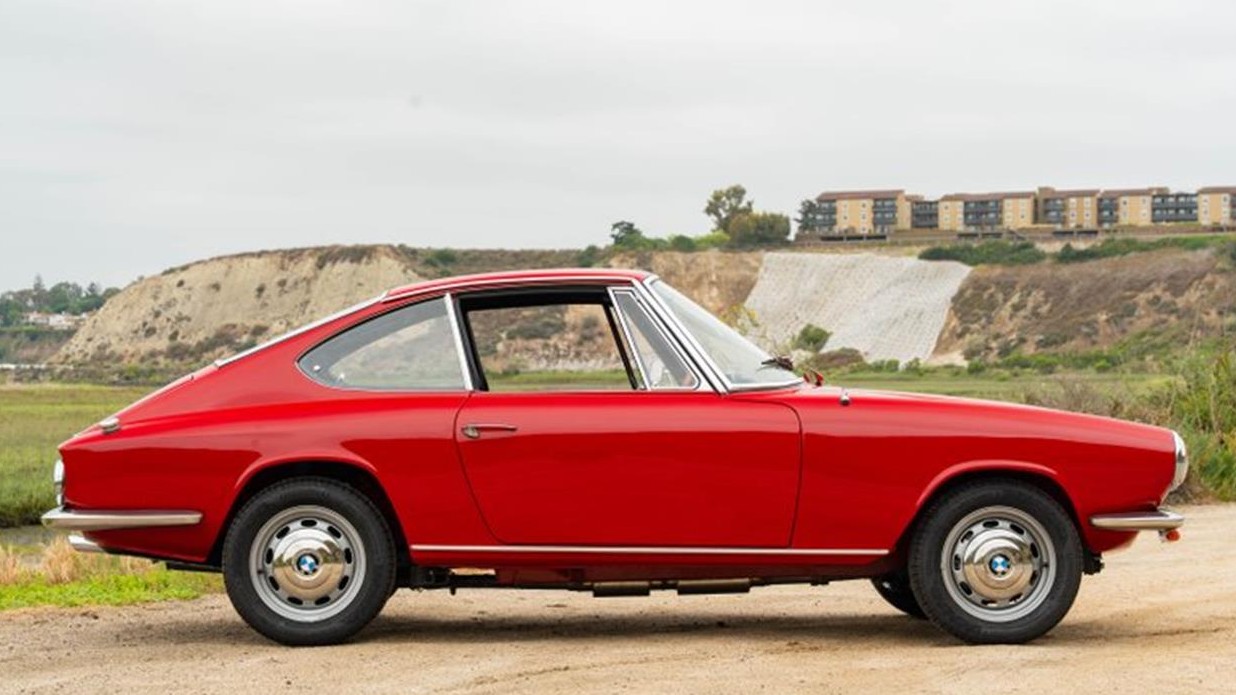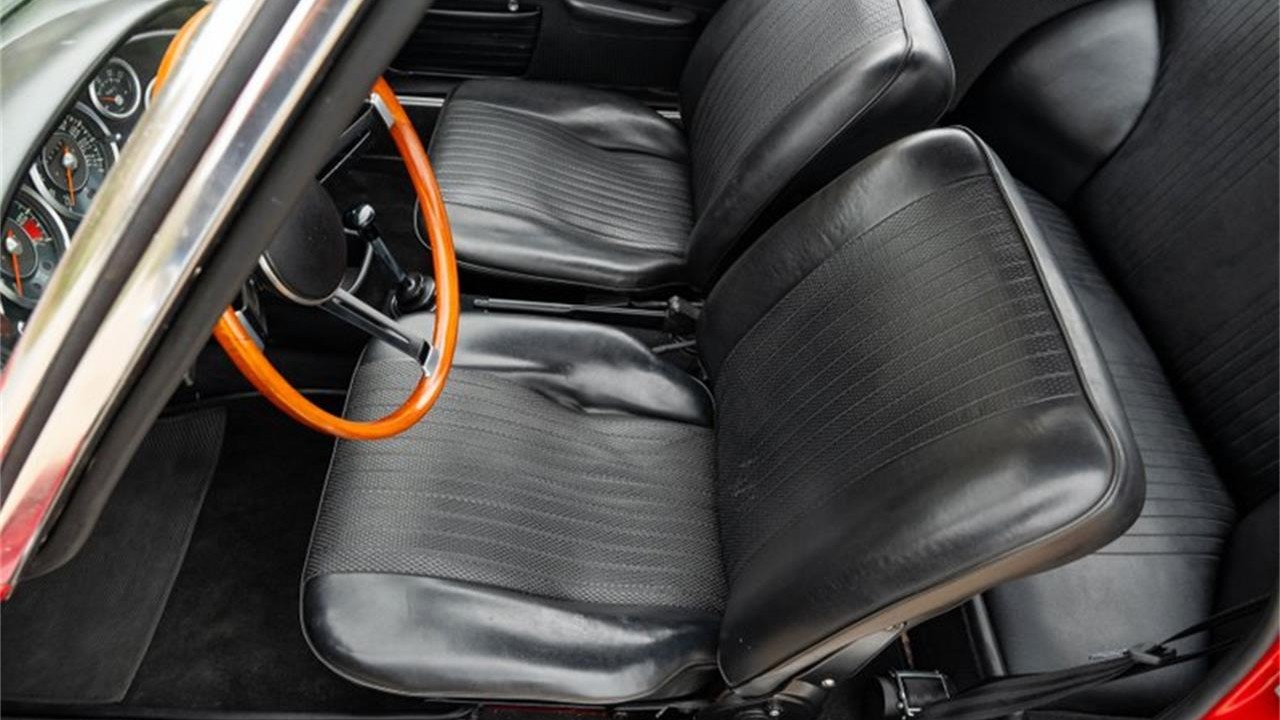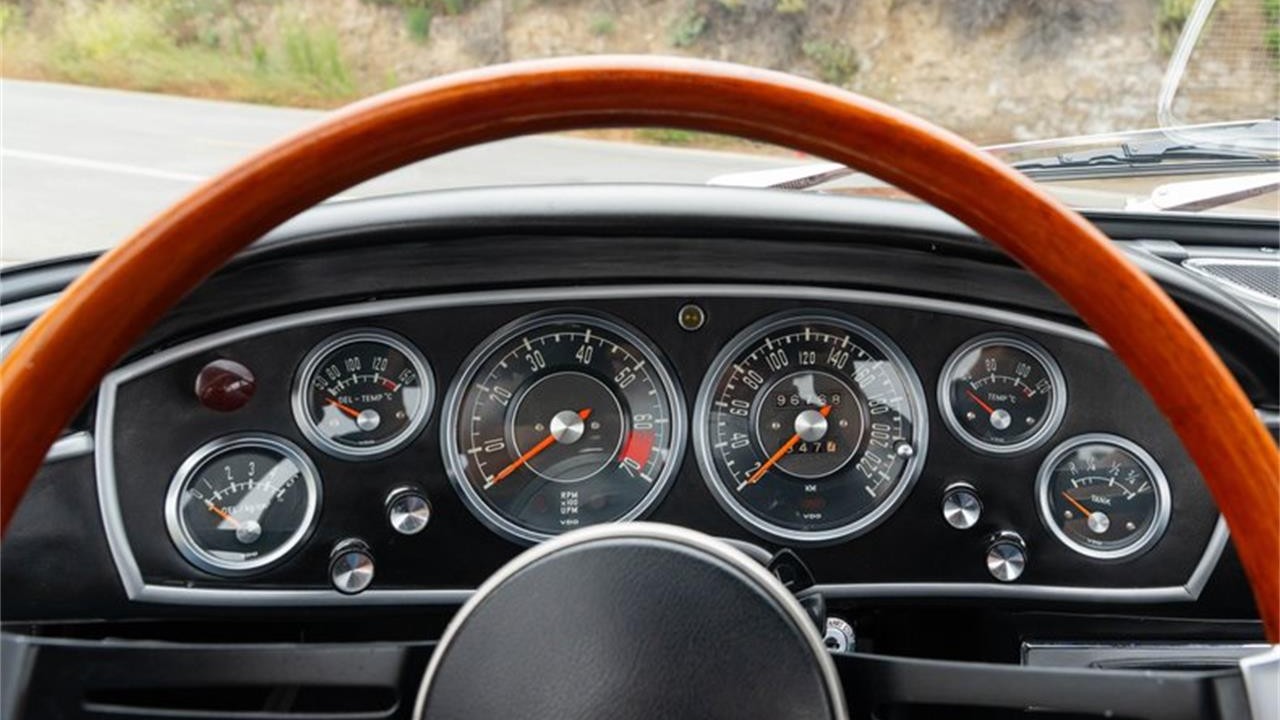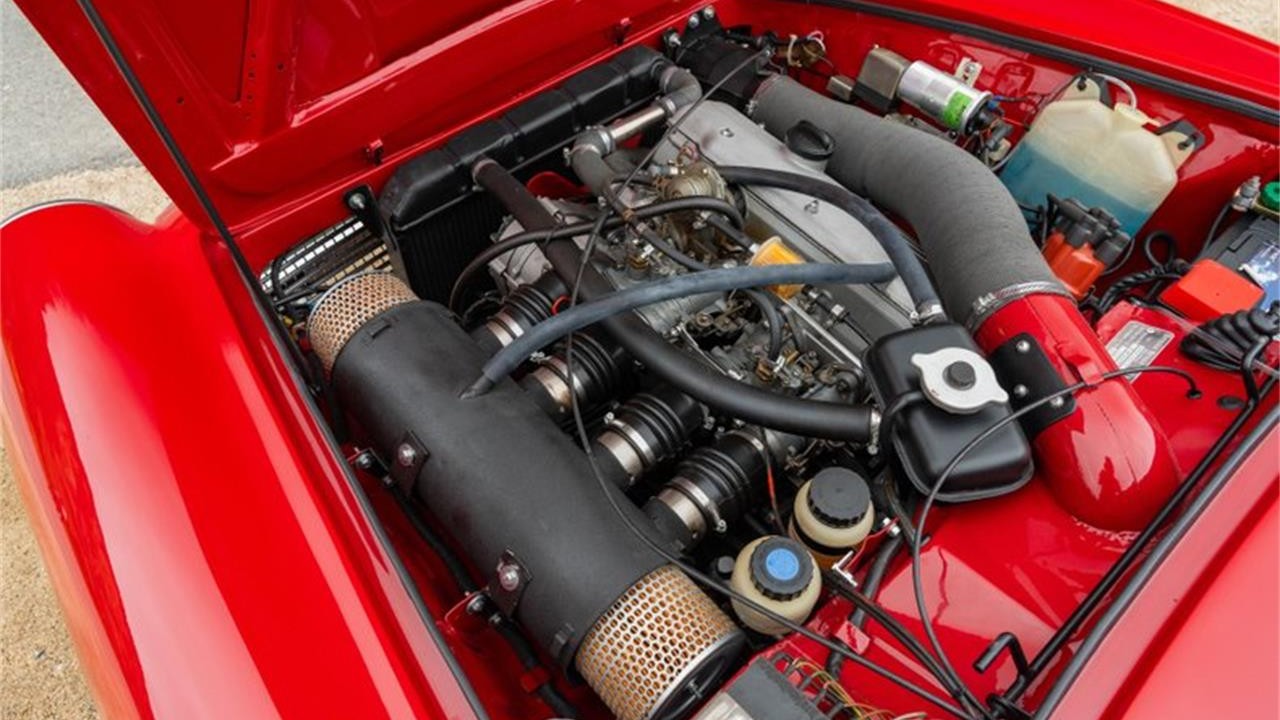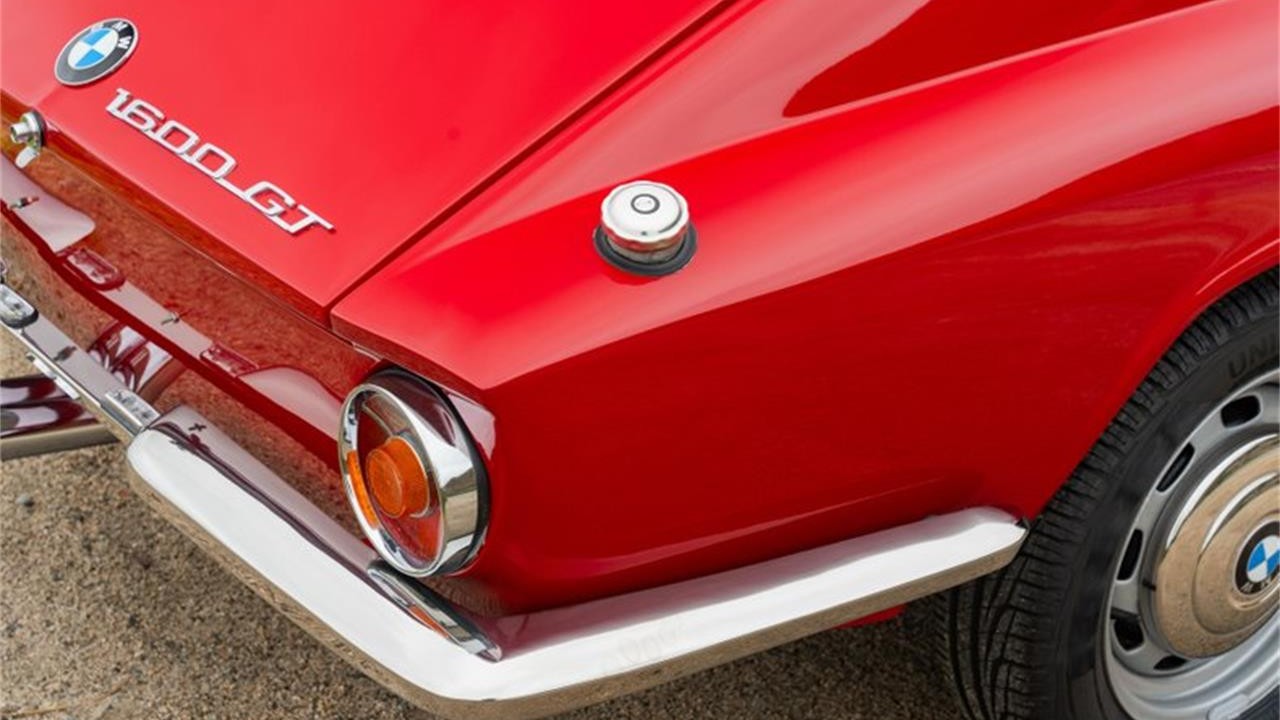Not all Camaros are created equal, and our AutoHunter Spotlight on this 1967 Chevrolet Camaro RS demonstrates this nicely. Thankfully, the data plate on this vehicle gives info that would be difficult to prove without documentation, so we have the benefit of knowing this particular Camaro was originally built with the Rally Sport package as well as a four-speed. Currently, it’s powered by a 350 small-block, plus it features a rear spoiler, Cowl Induction hood, three-spoke steering wheel, power front disc brakes, and more. Finished in blue with a black leather interior, this subtly modified pony car comes from the selling dealer with a clear title.
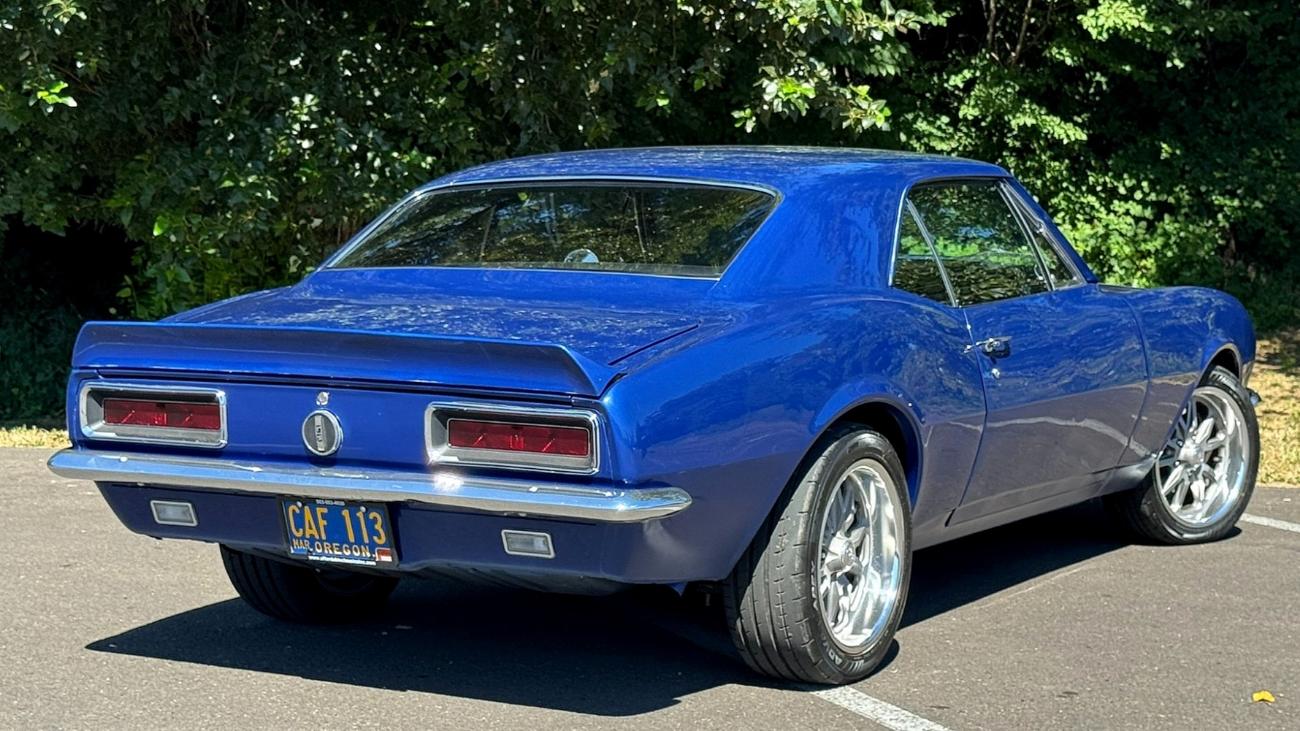
The current blue is a bit stronger than the original Marina Blue. Other exterior features include hidden headlights (as part of the RS package), separate back-up lights (ditto), a rear spoiler, a Cowl Induction hood, and a set of 17-inch US Mags Santa Cruz wheels. The latter are wrapped in staggered-width Yokohama radial tires—225/45 up front, 245/45 out back.
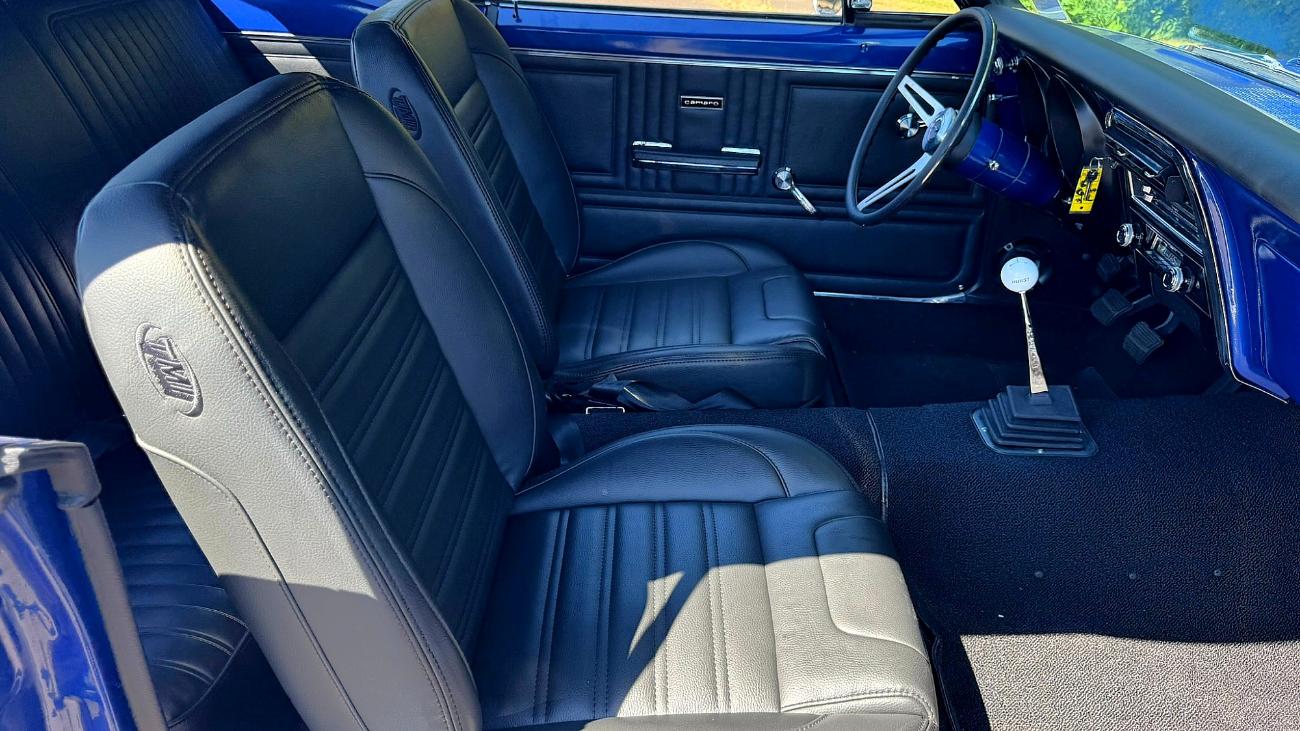
The cabin features black leather upholstery with a pair of TMI bucket seats up front. Other interior features include a Vintage Air air conditioning system, RetroSound AM/FM stereo with Bluetooth, three-spoke steering wheel, and floor-mounted Hurst shifter.
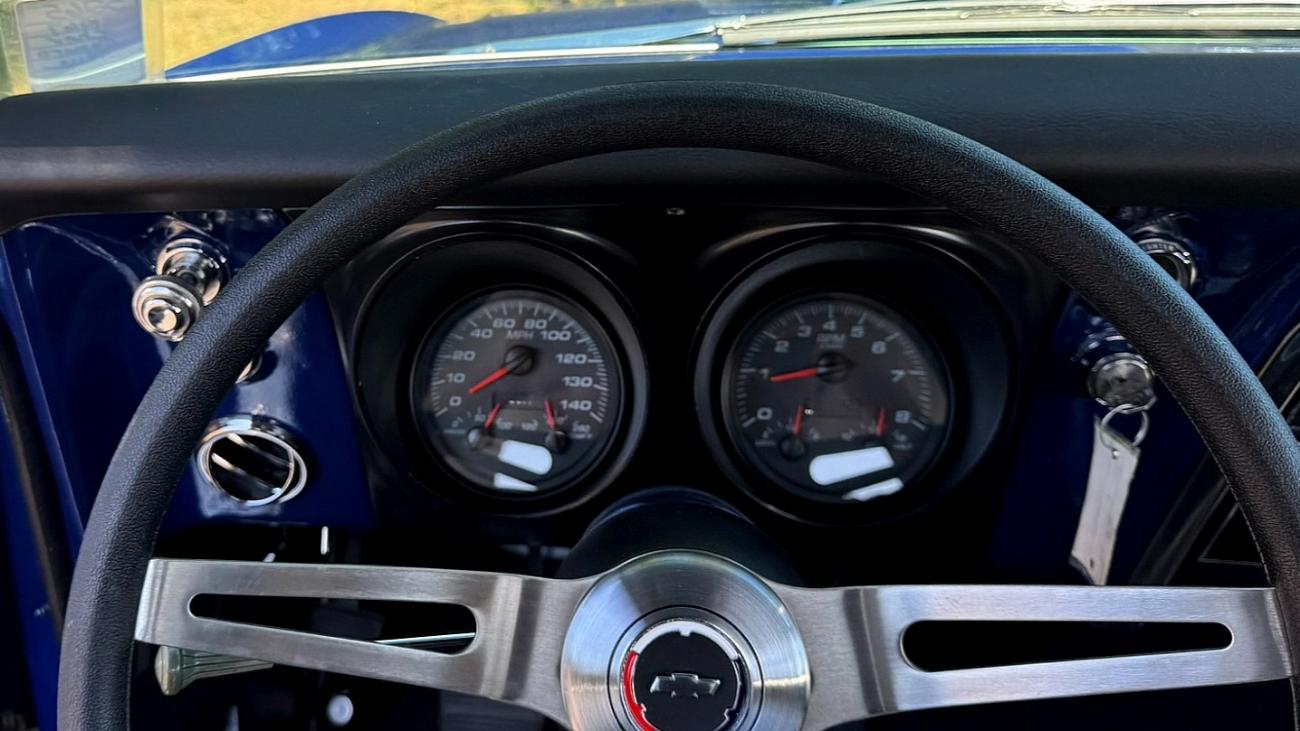
The instrument panel features aftermarket gauges that include a 140-mph speedometer, 8,000-rpm tachometer, and readouts for the oil pressure, coolant temperature, and fuel. The odometer currently reads zero, having been reset during the restoration.
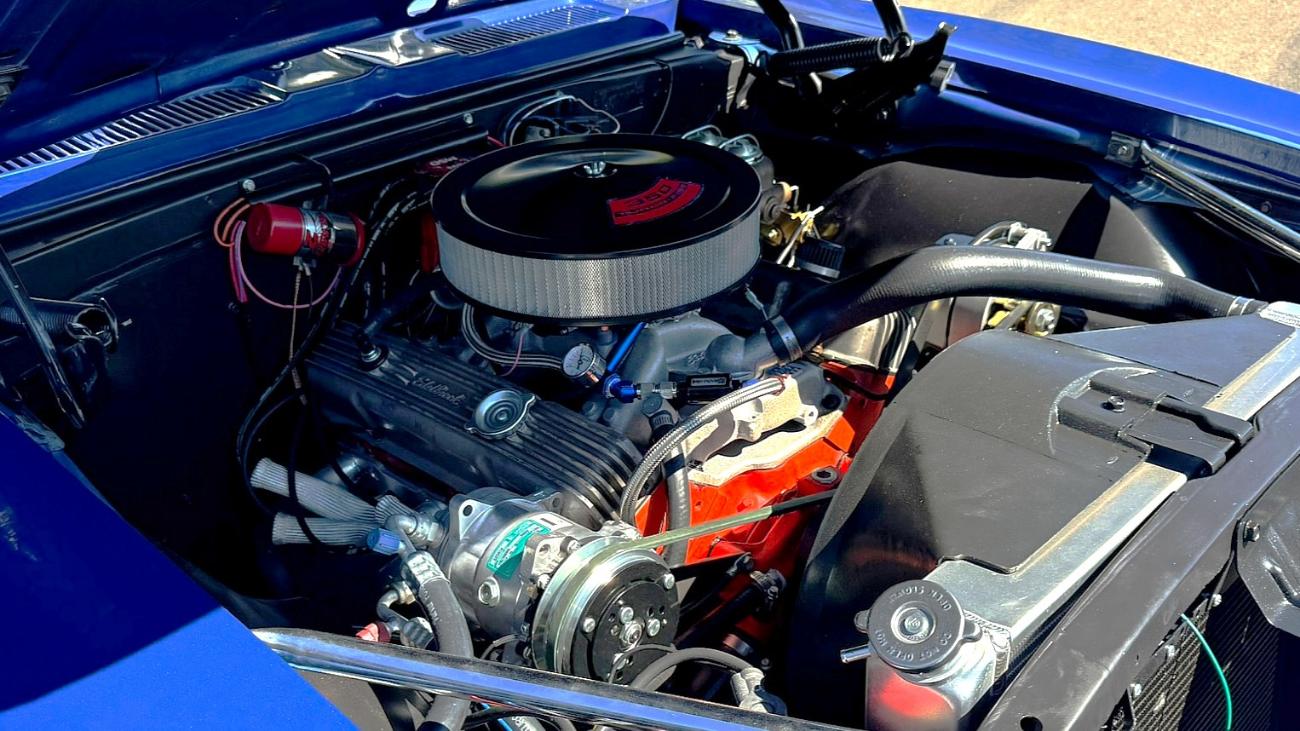
Chances are this 1967 Camaro was built with a small-block from the factory, but certainly not this 350. It features a four-barrel carburetor, an aftermarket intake manifold, headers, MSD ignition, and an aluminum radiator. The powerplant is connected to a four-speed manual transmission.
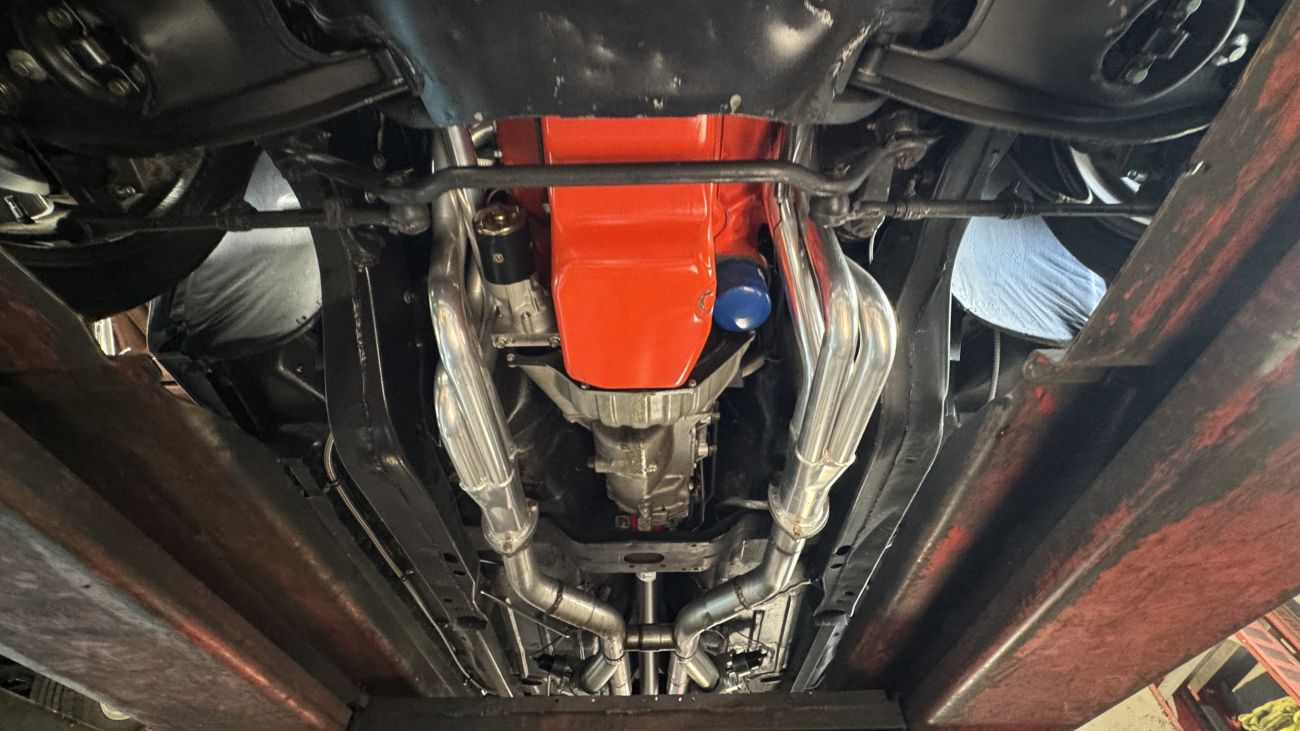
The underside features power front disc brakes, 3.73 gears in the rear differential, and a dual exhaust system.
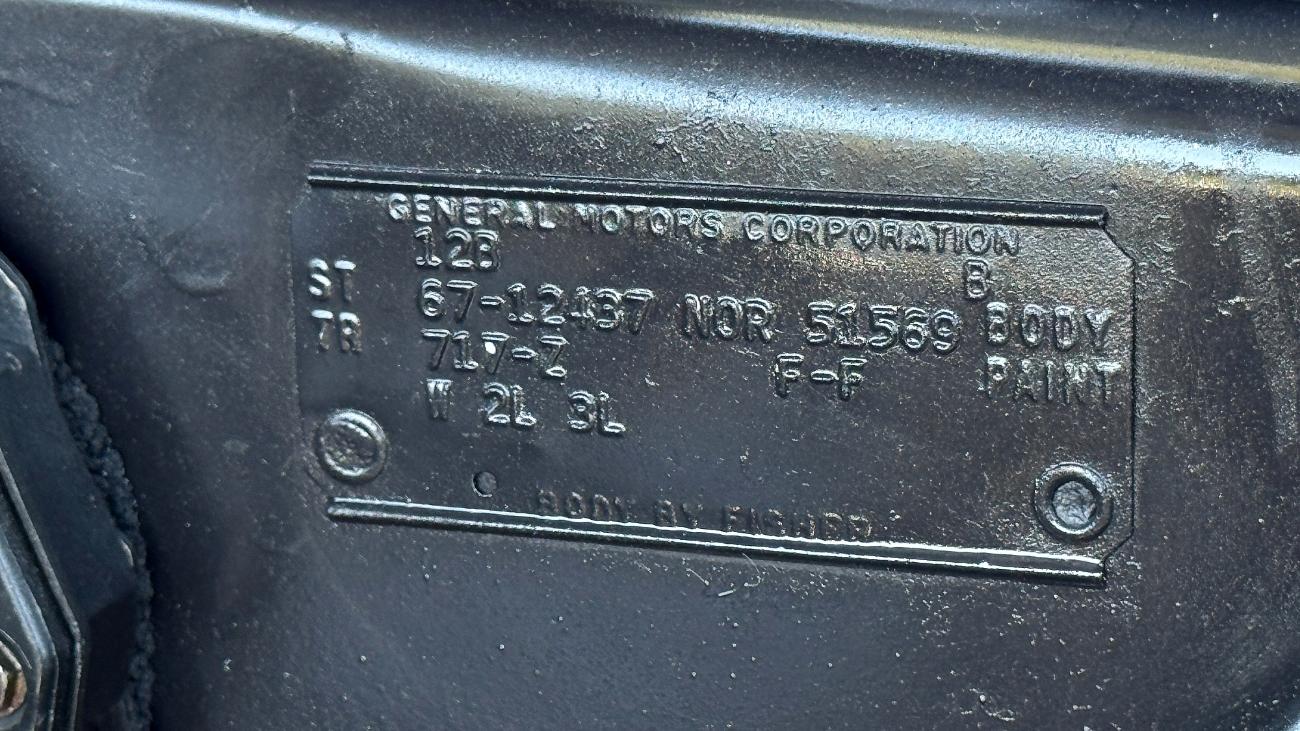
Yes, you see many Camaros pass through the AutoHunter gates and, most of the time, they don’t have original documentation—this 1967 Chevrolet Camaro RS included. However, in this case, the data plate is its saving grace as the accessory codes point to this car originally being built with a tinted windshield (W), a four-speed manual (2L), and Rally Sport equipment (3L). That stuff’s golden, making this Camaro all the more desirable. But act fast and bid now because on Thursday, August 14, 2025, at 12:00 p.m. (PDT), the auction for this spectacular Chevy will end.
Visit the AutoHunter listing for more information and a photo gallery

